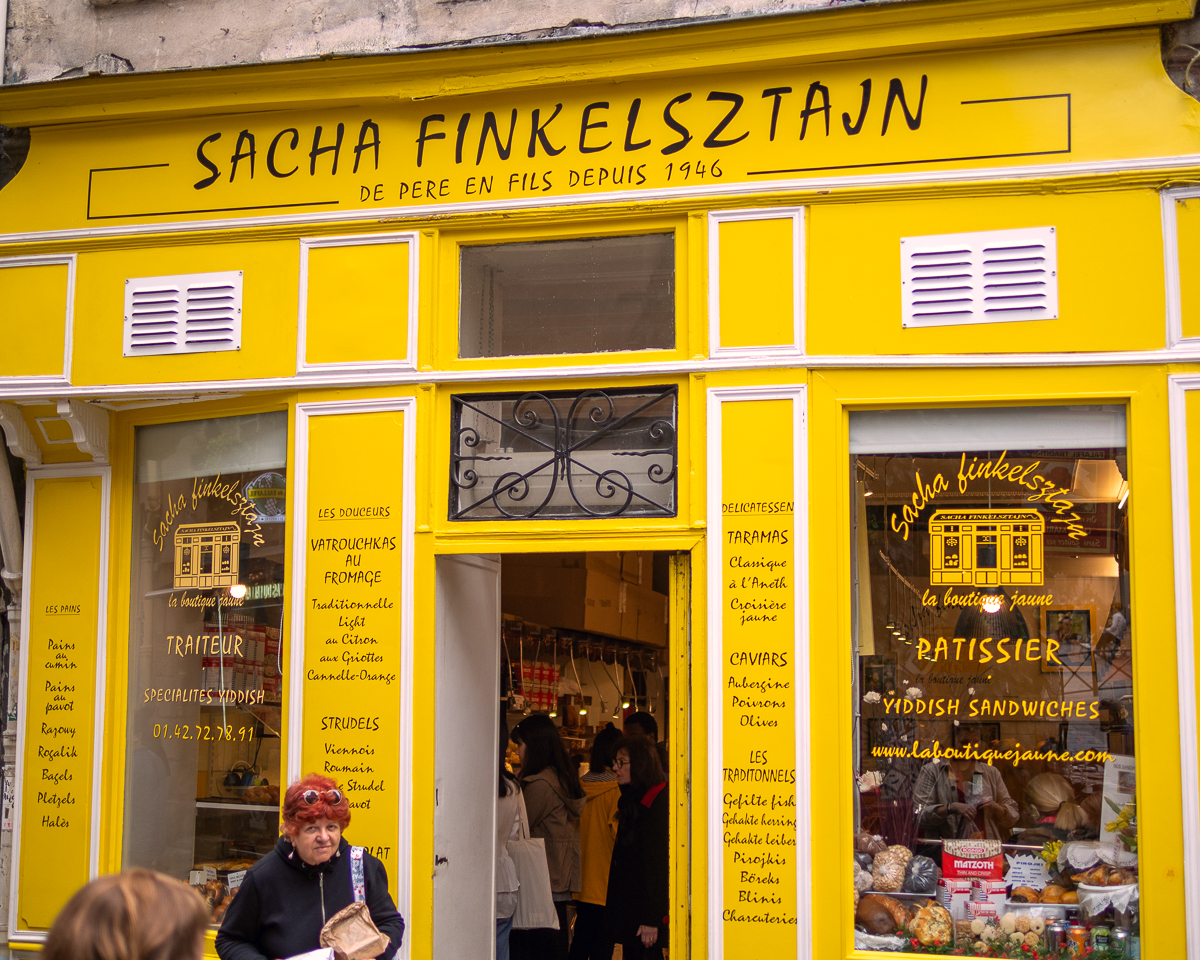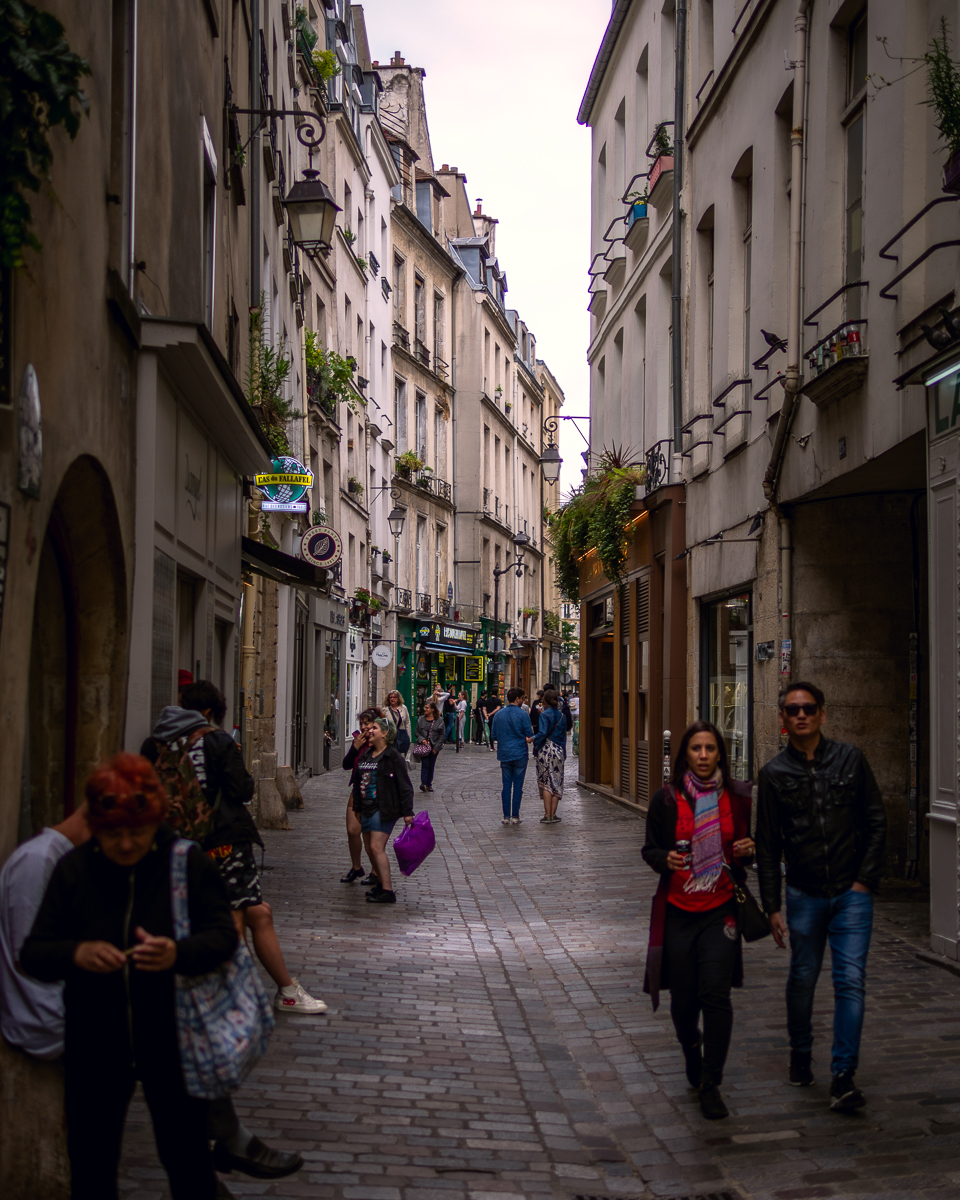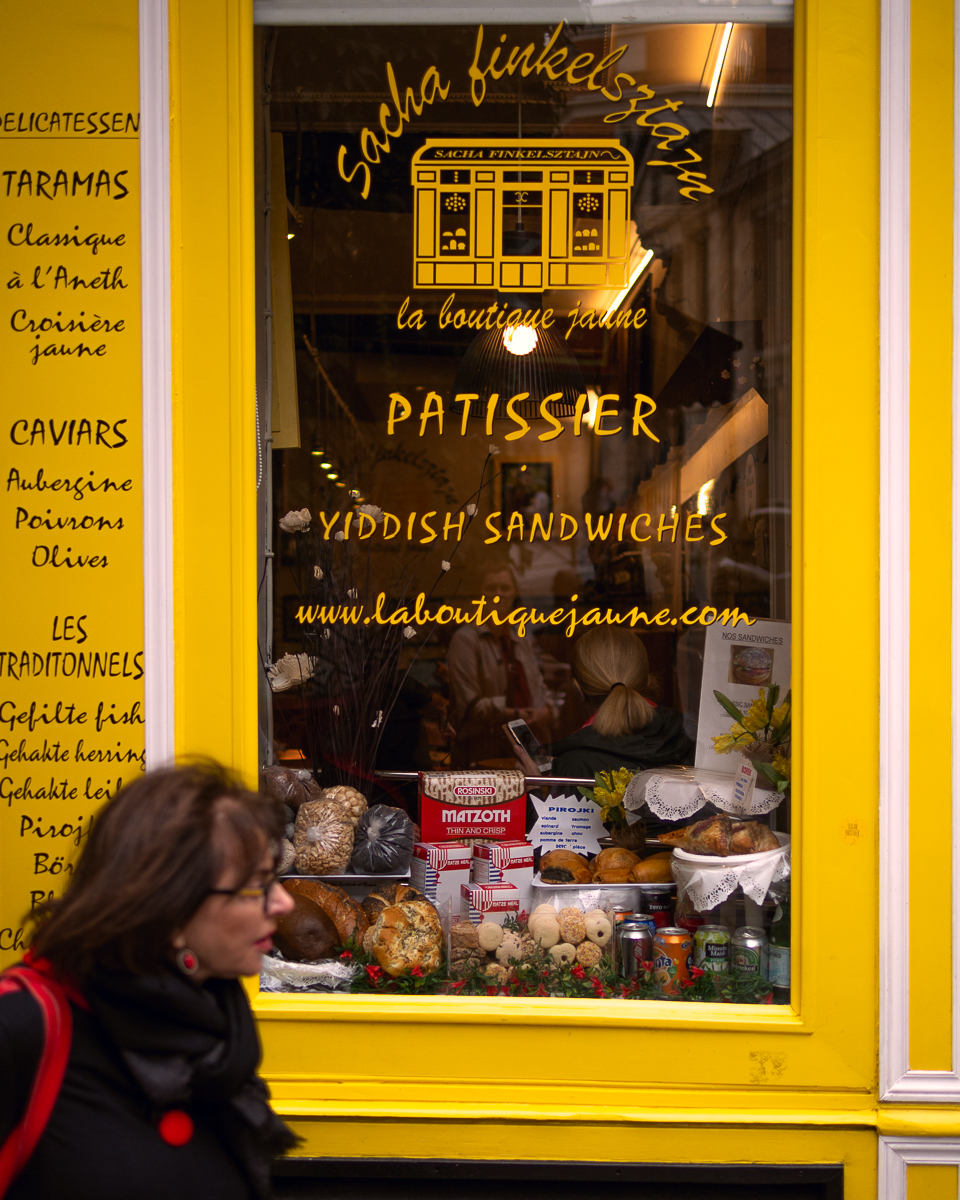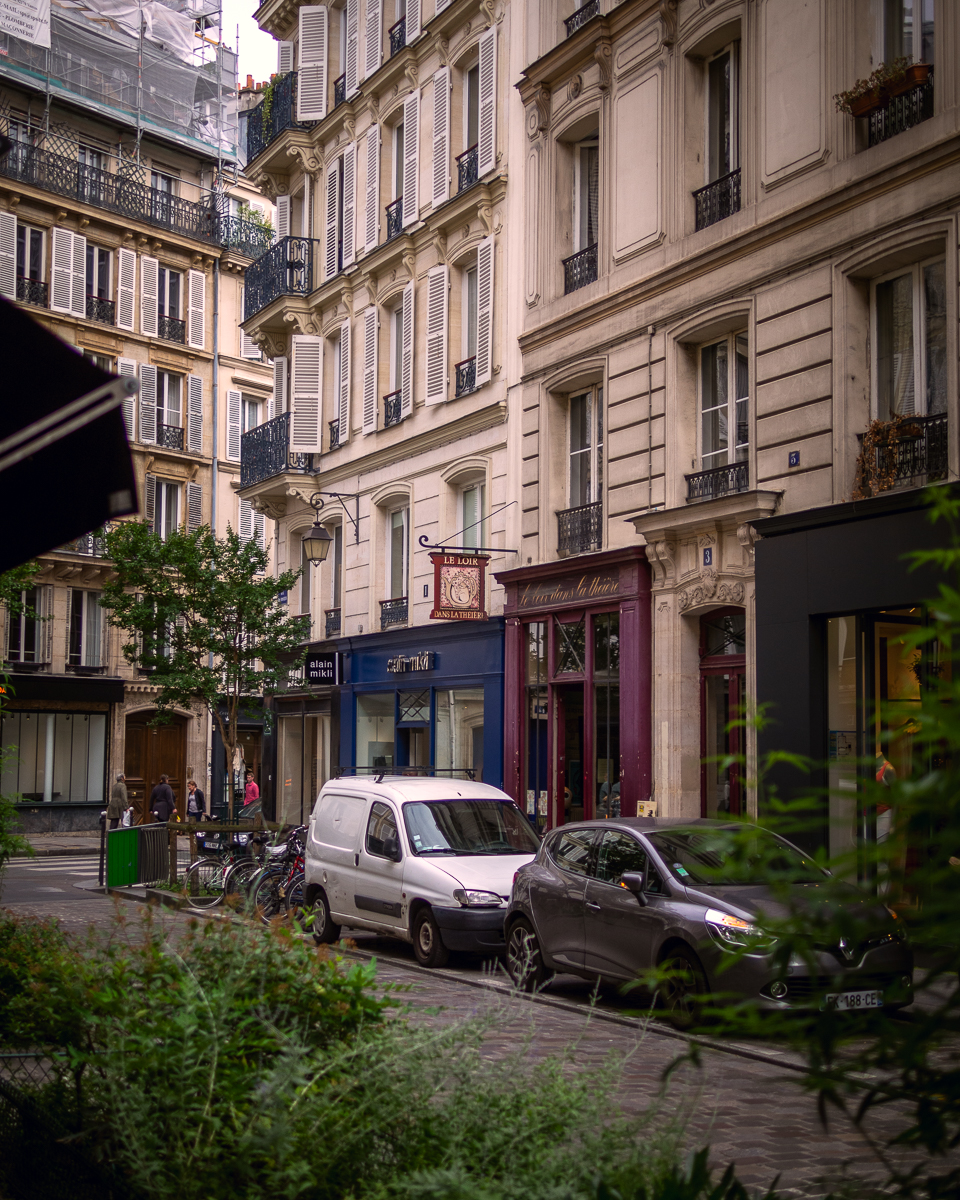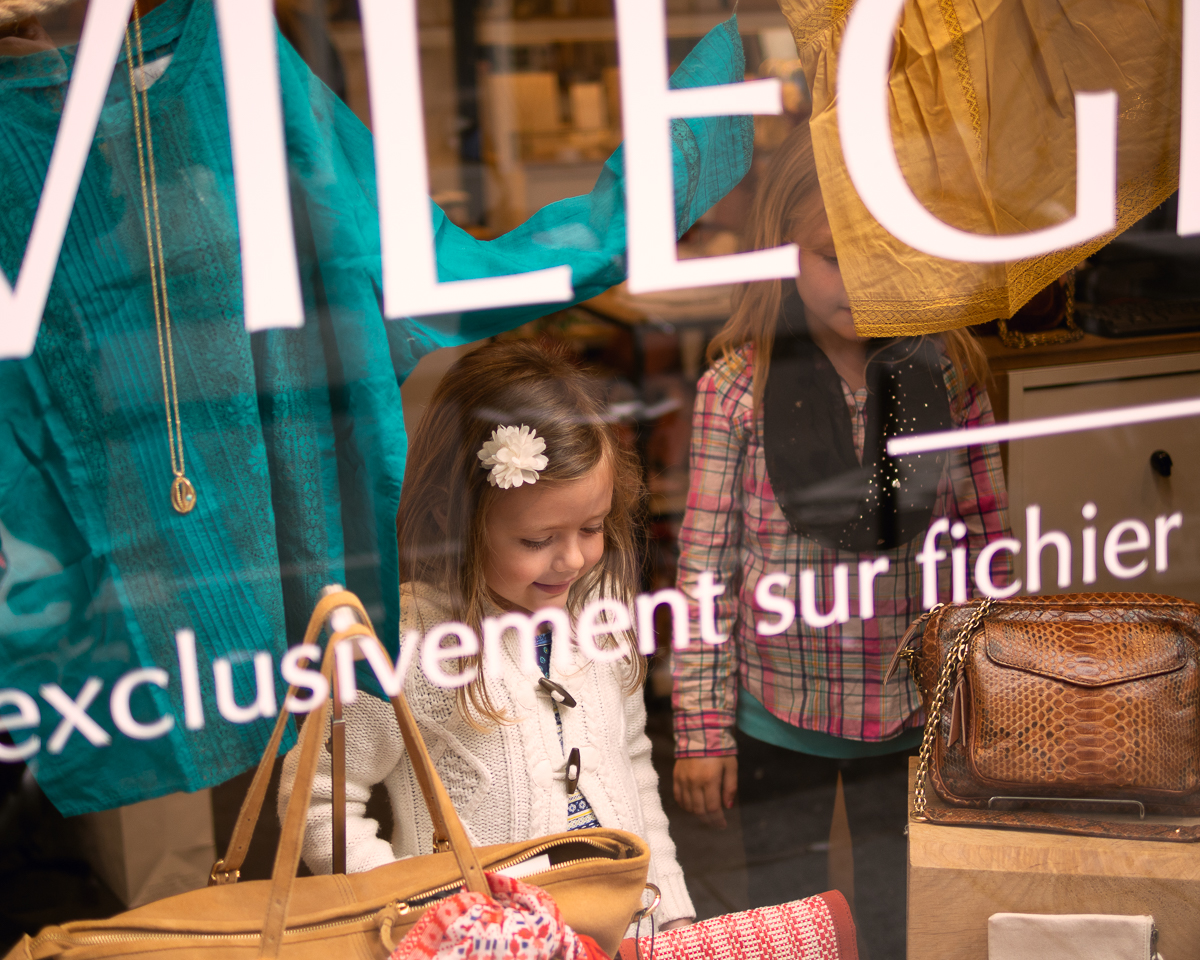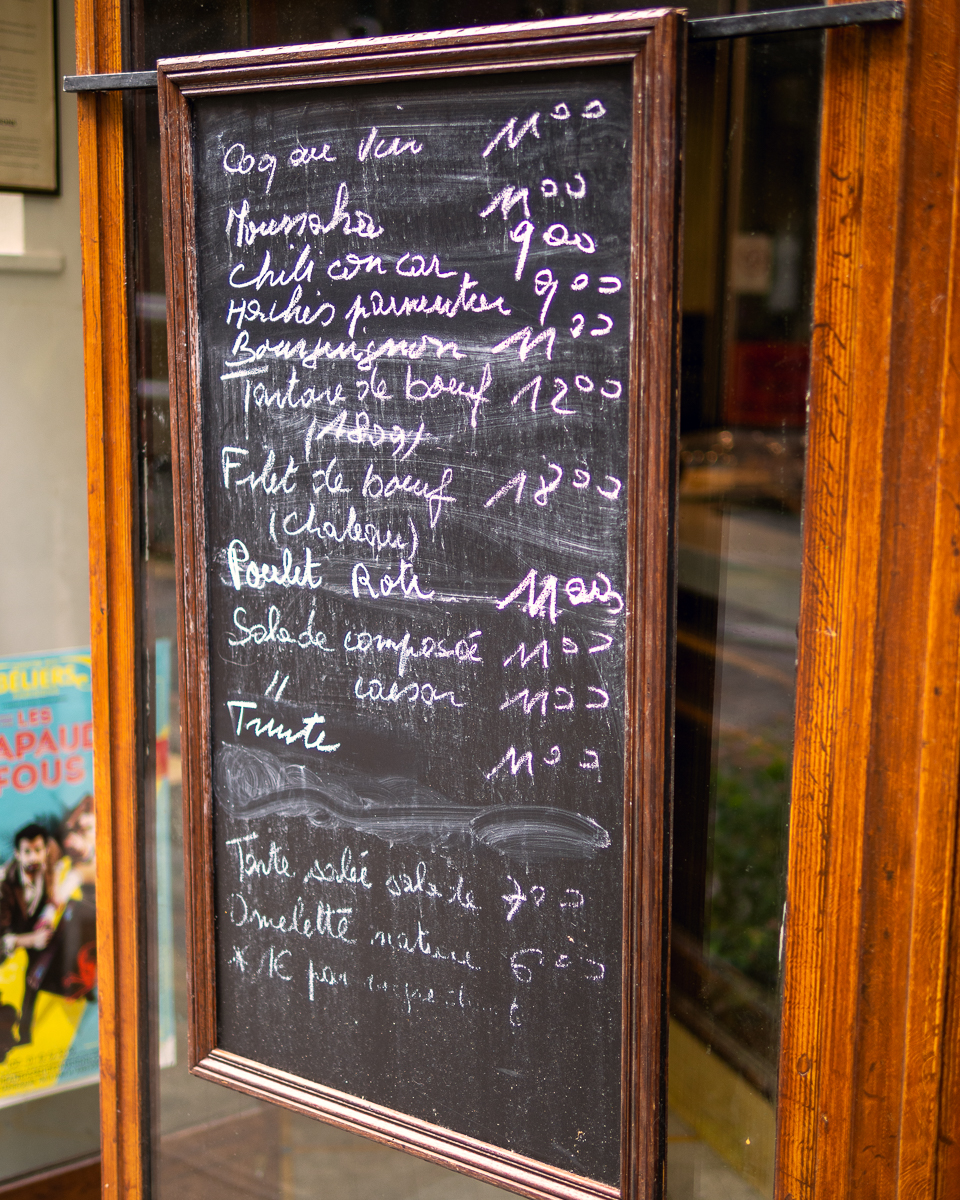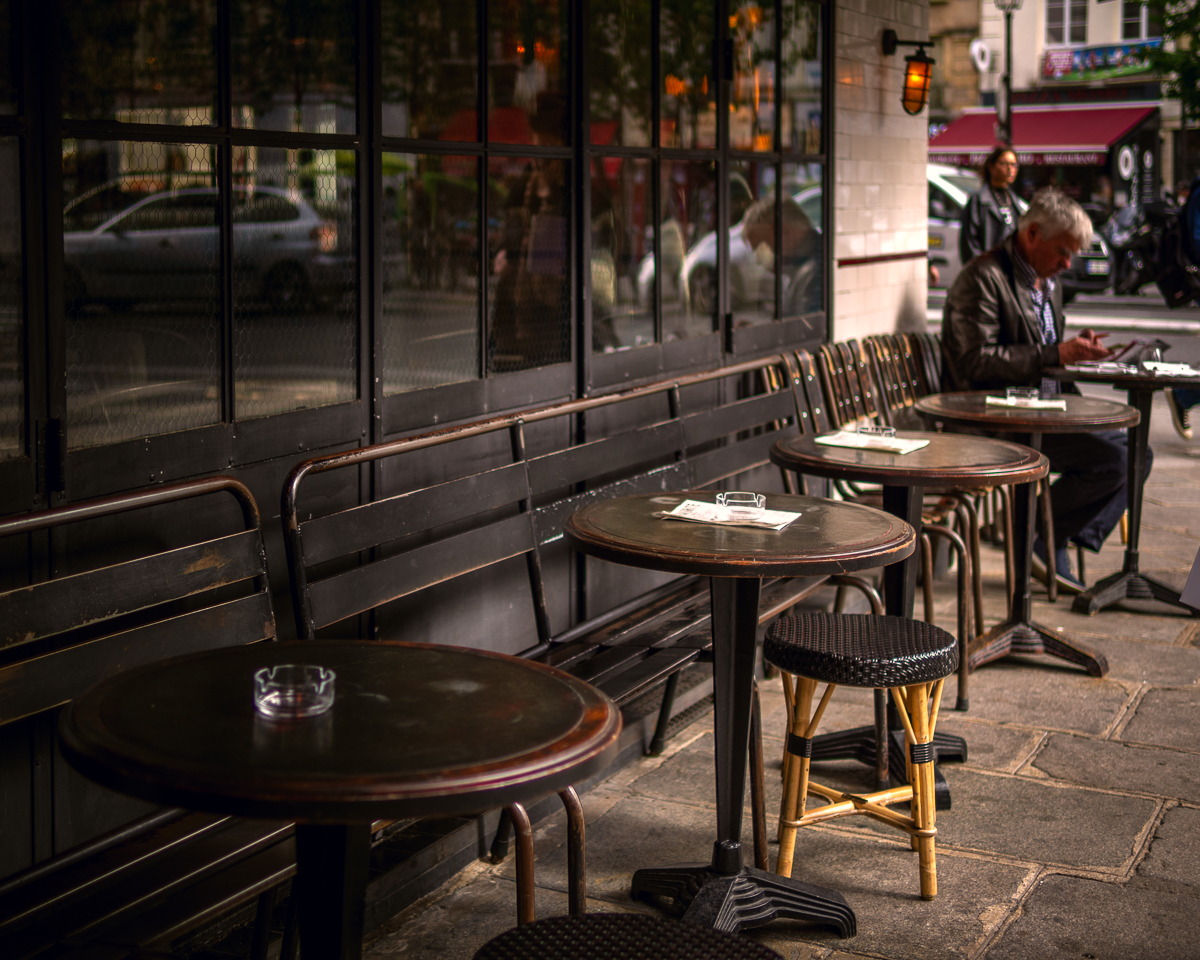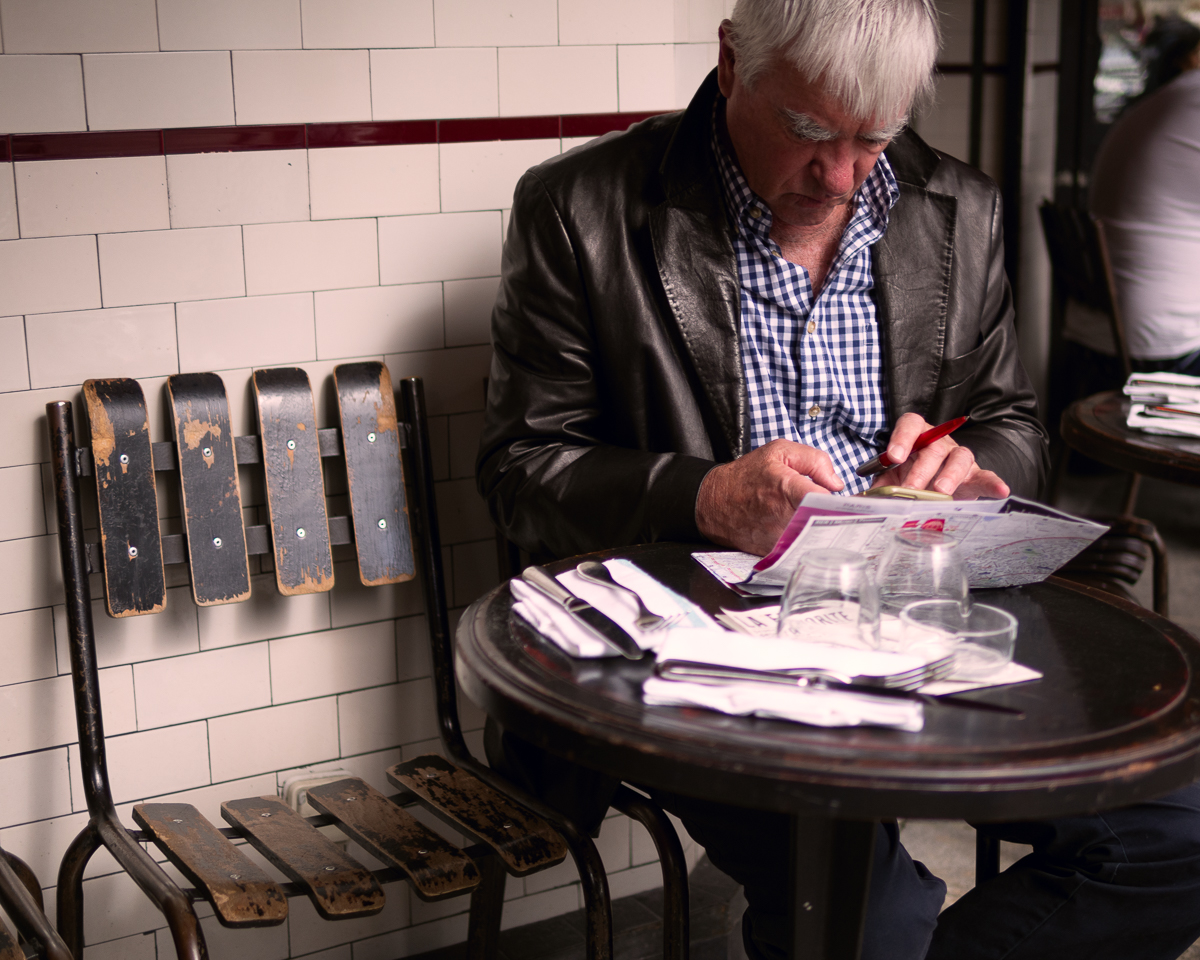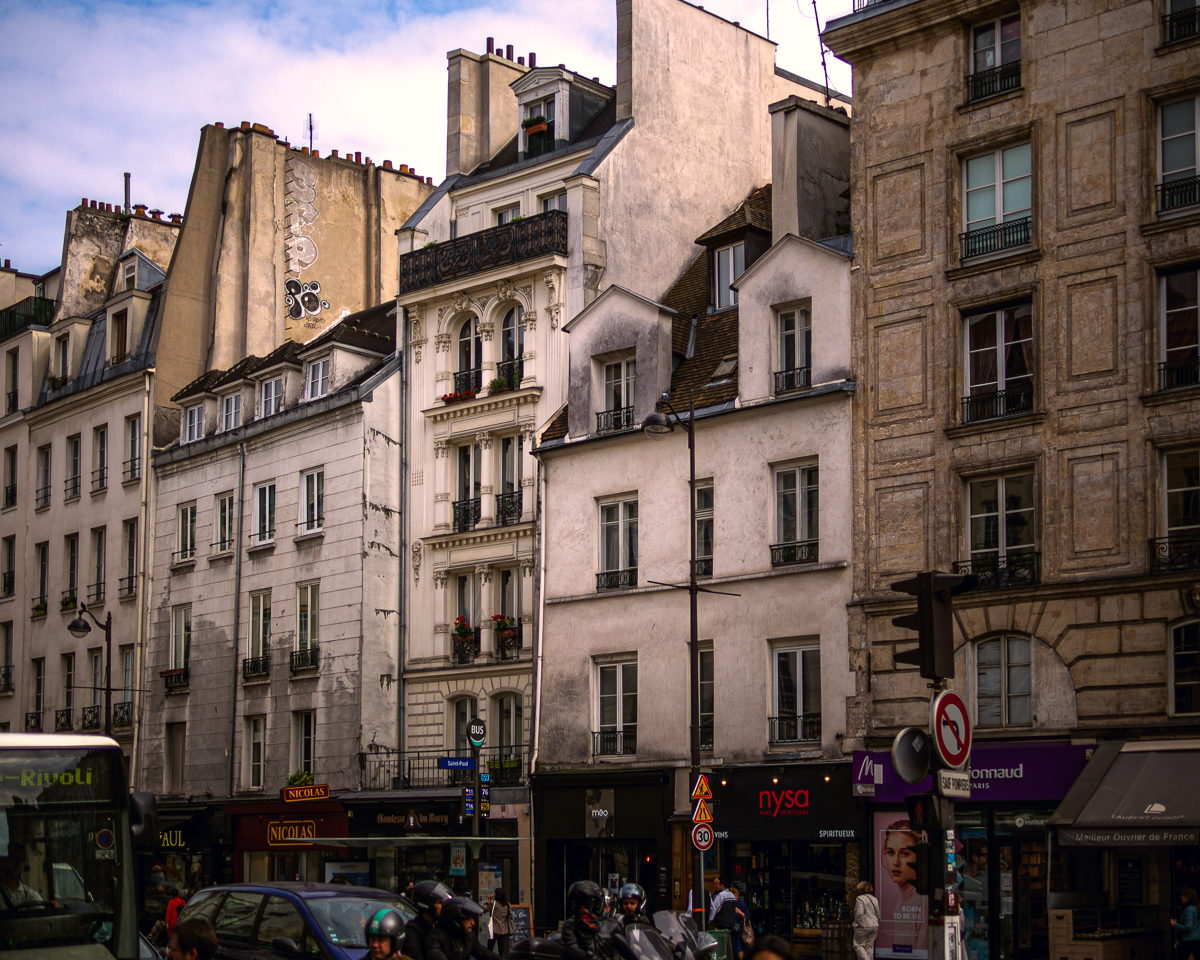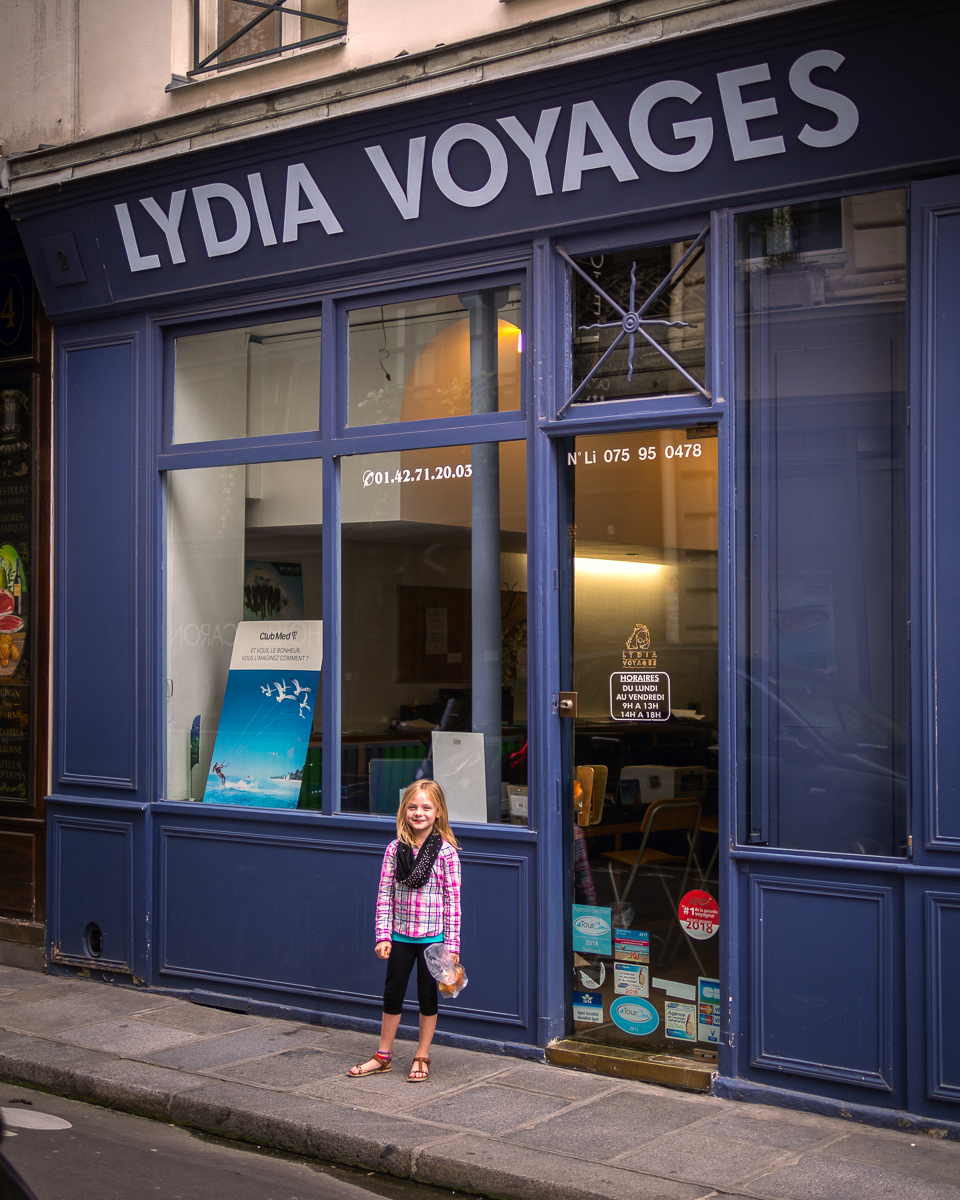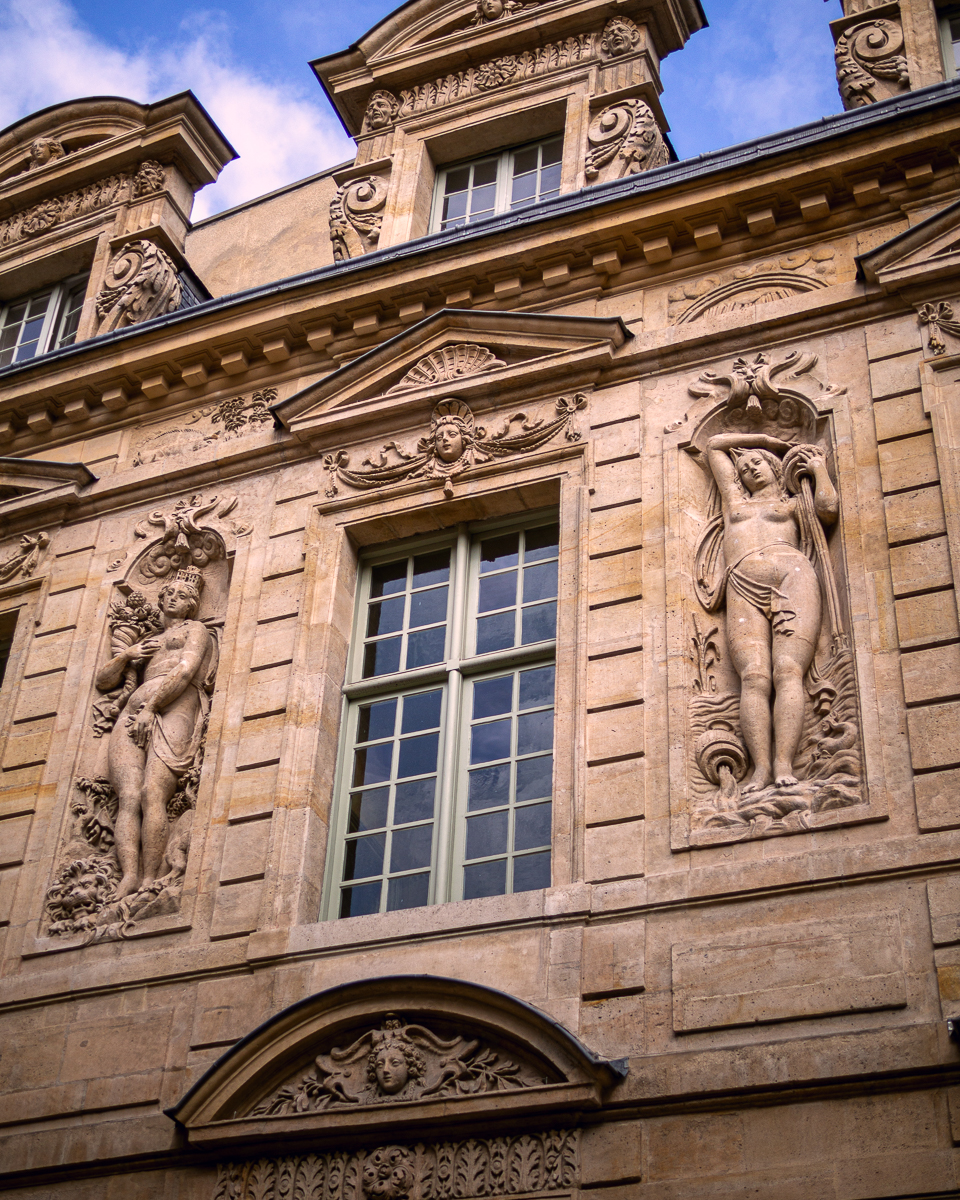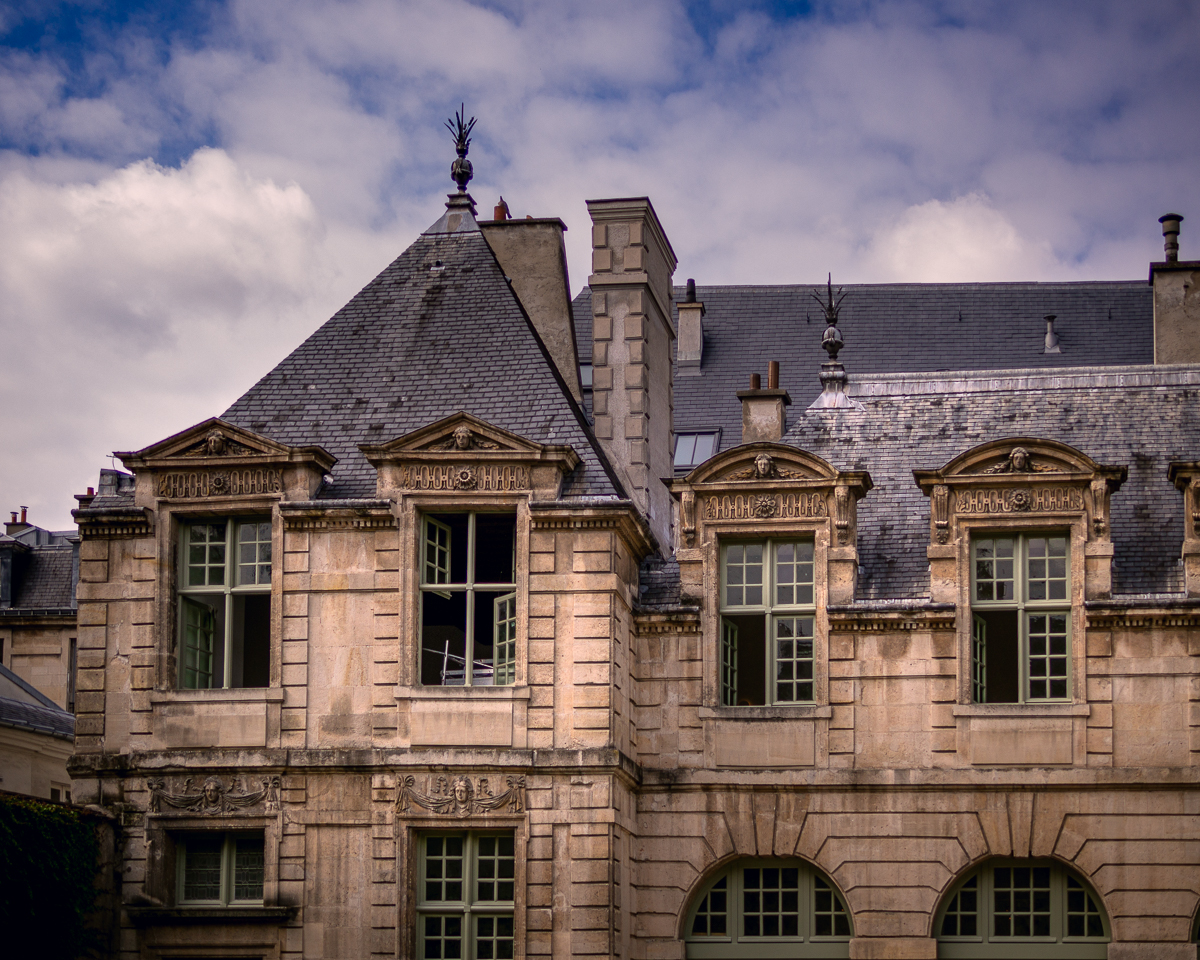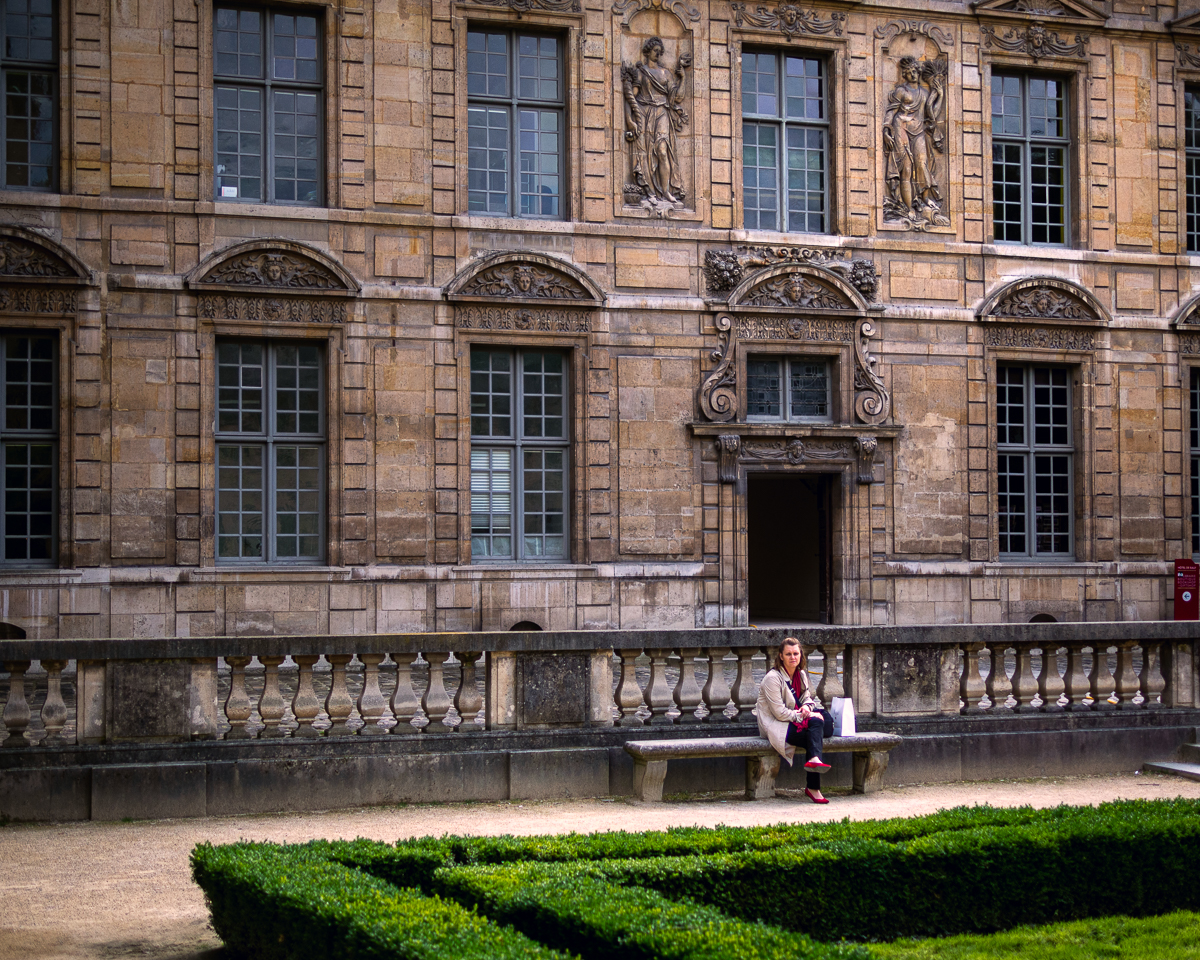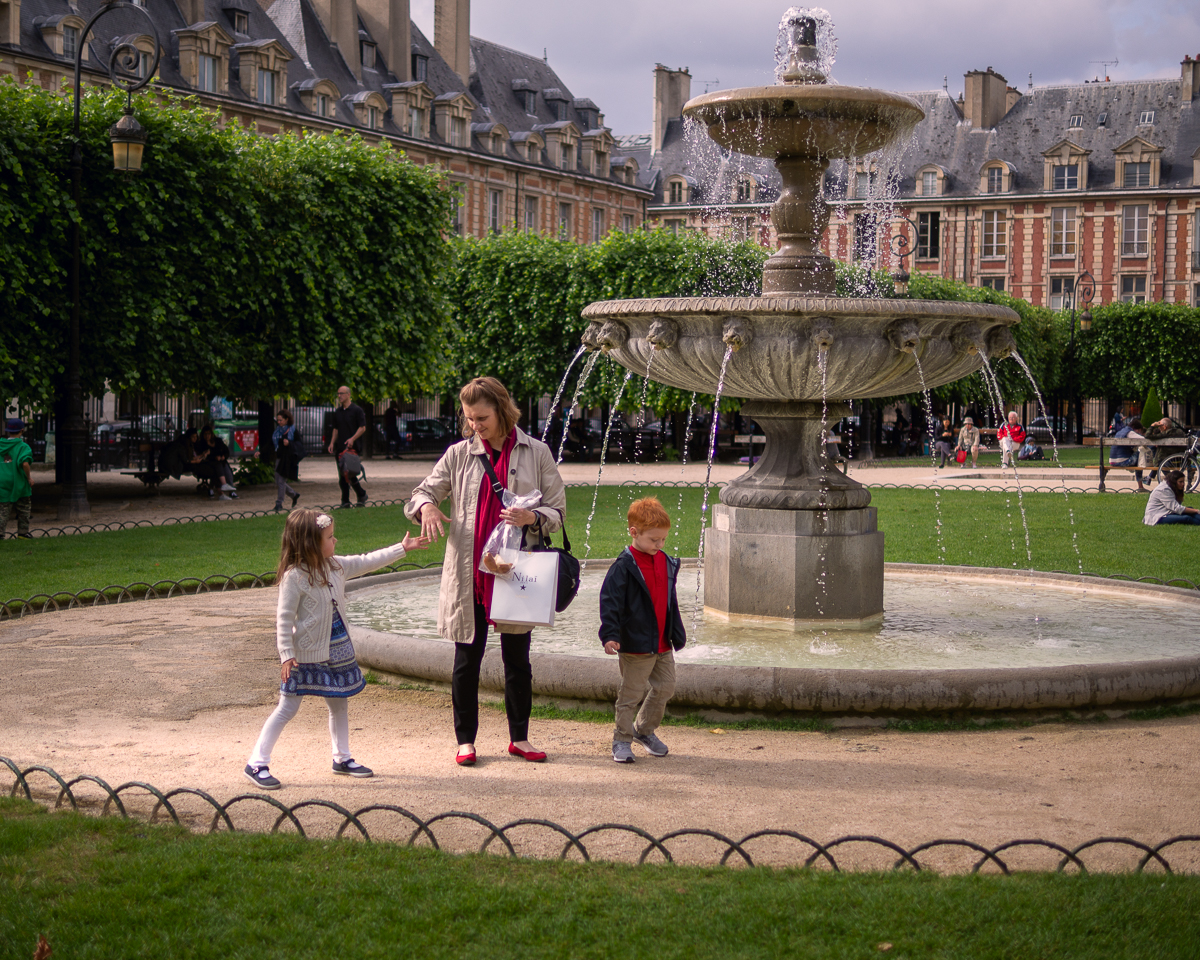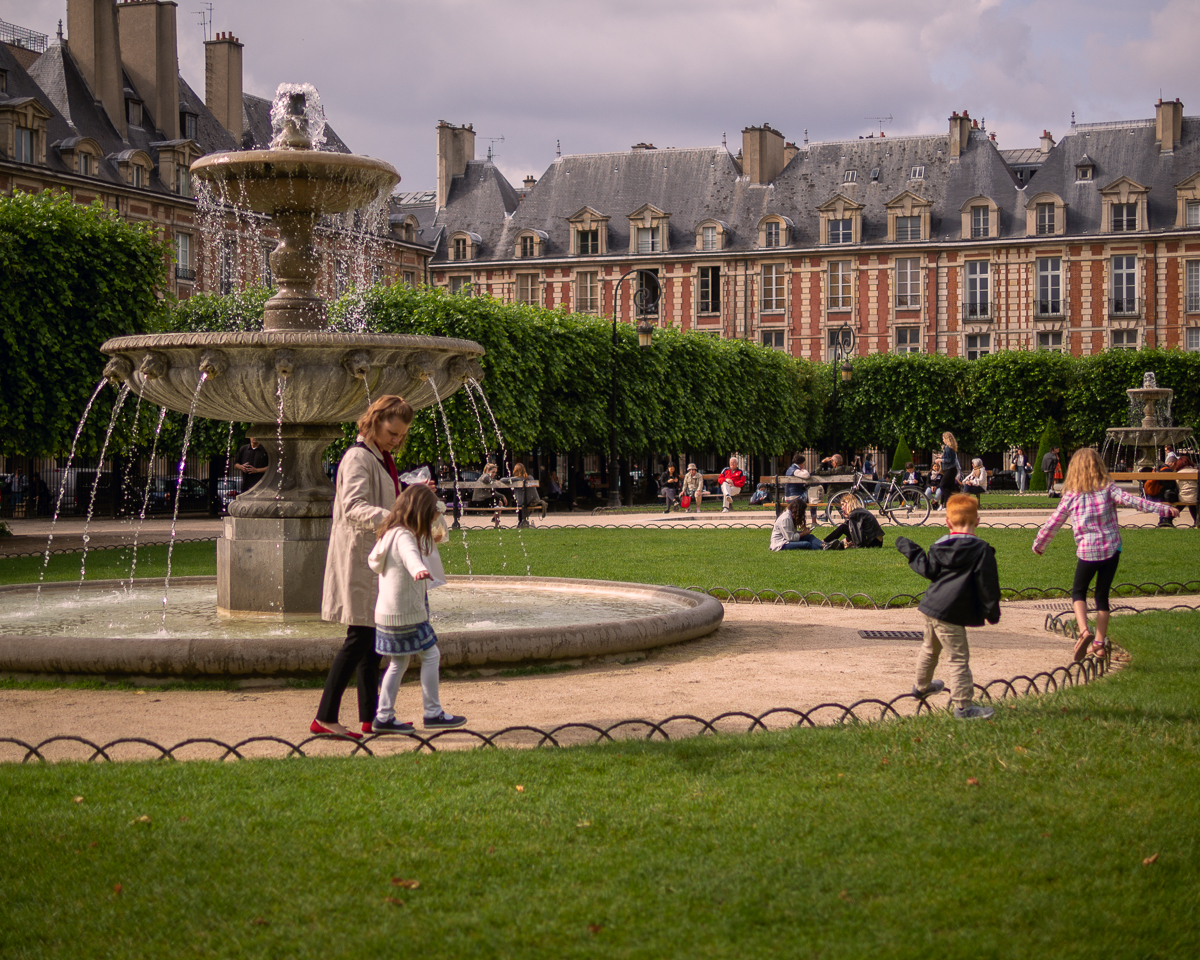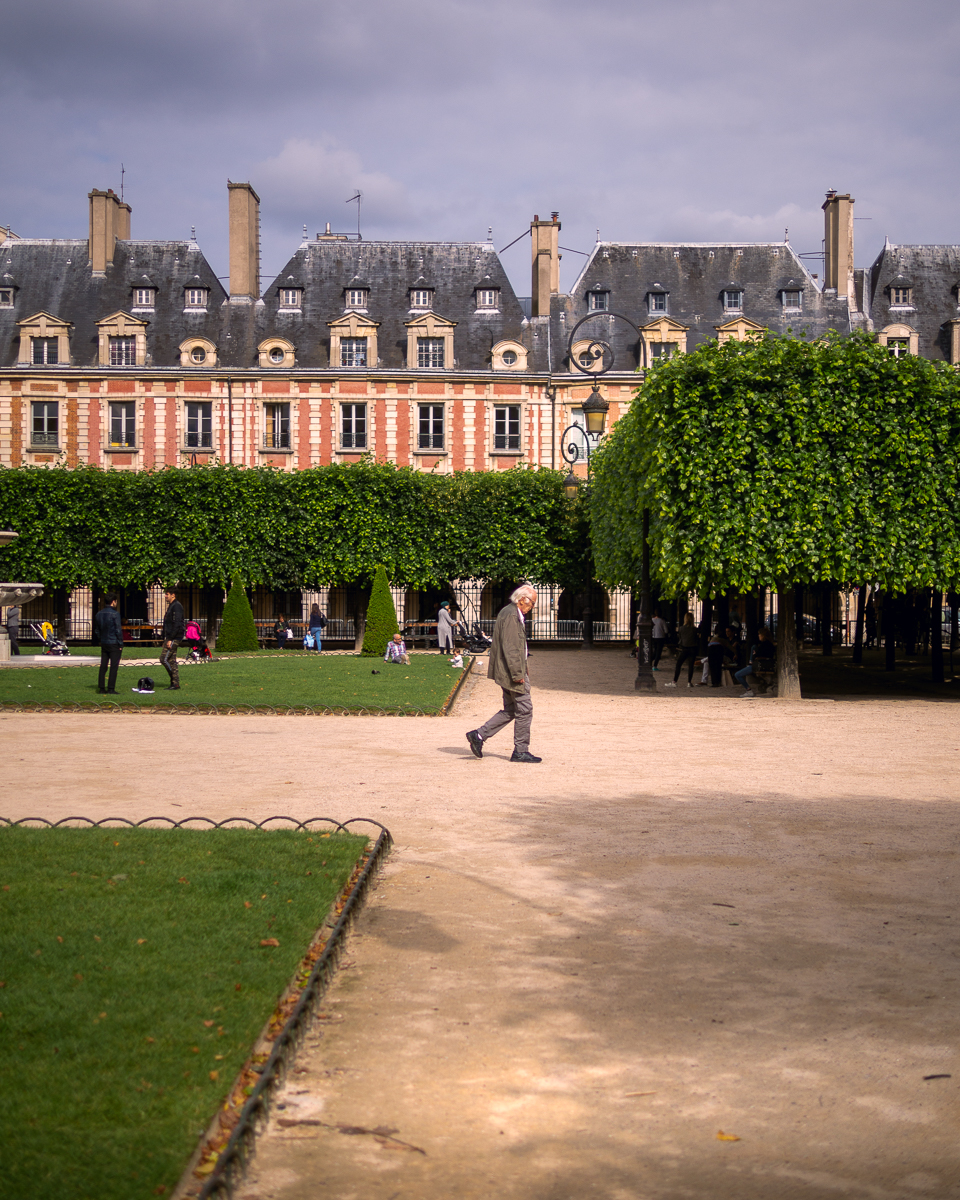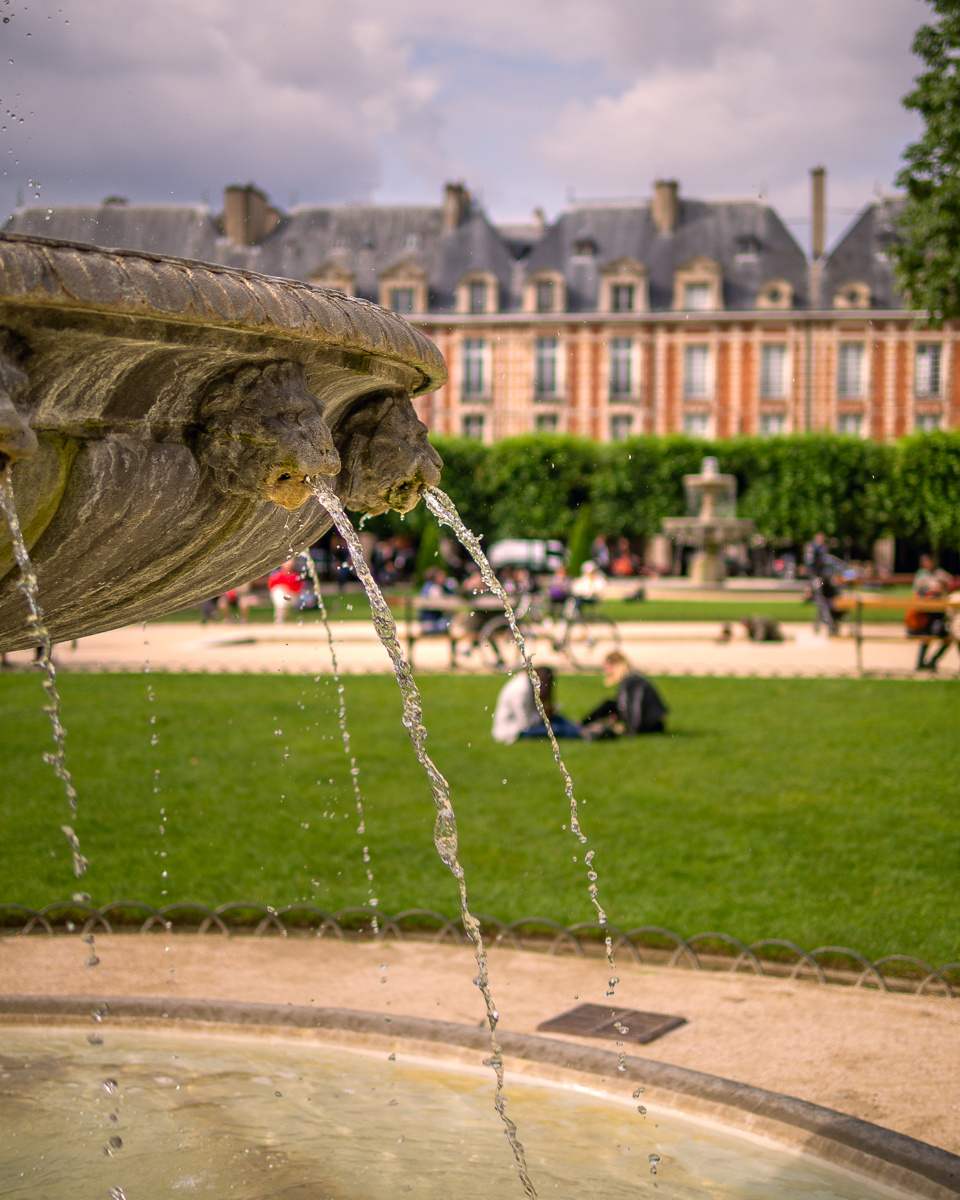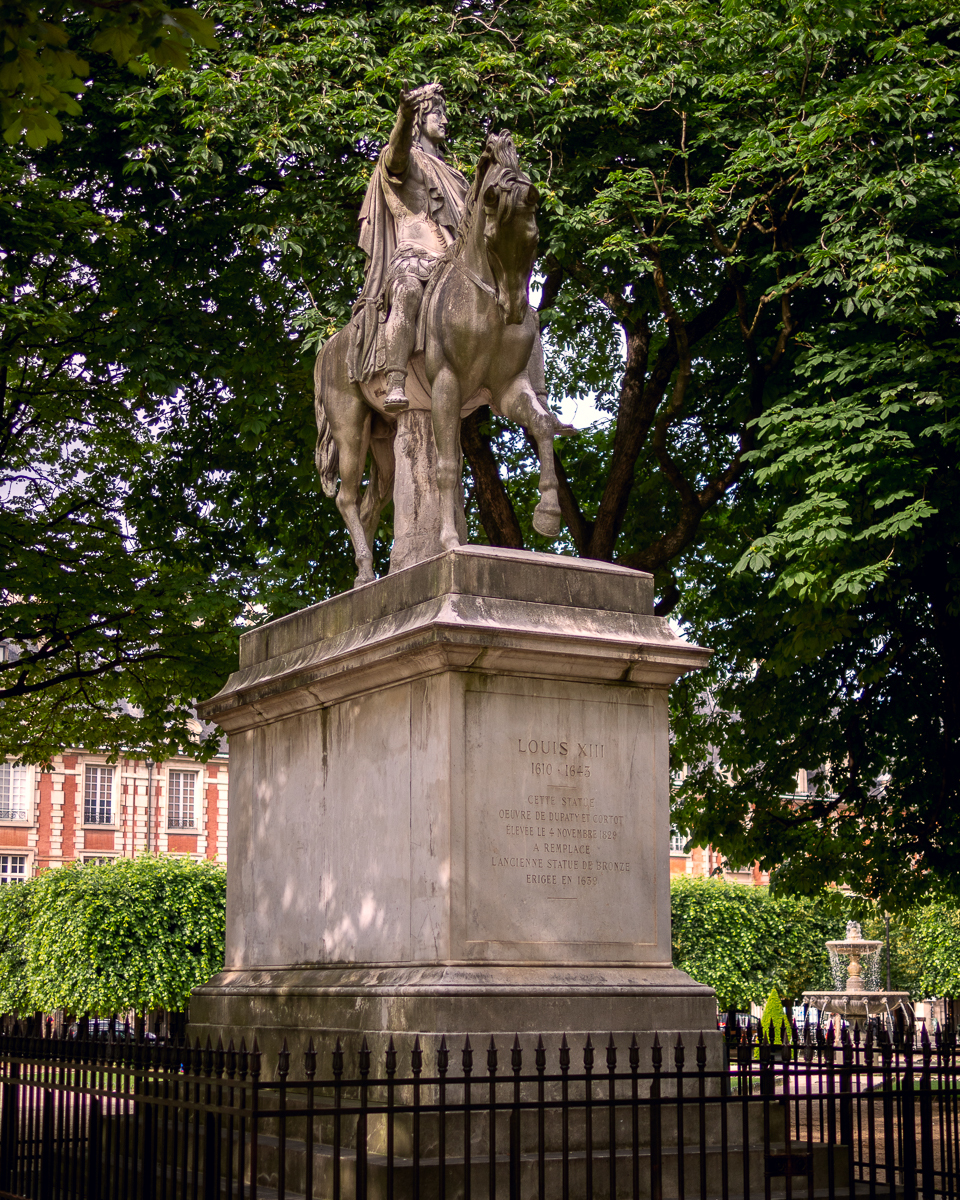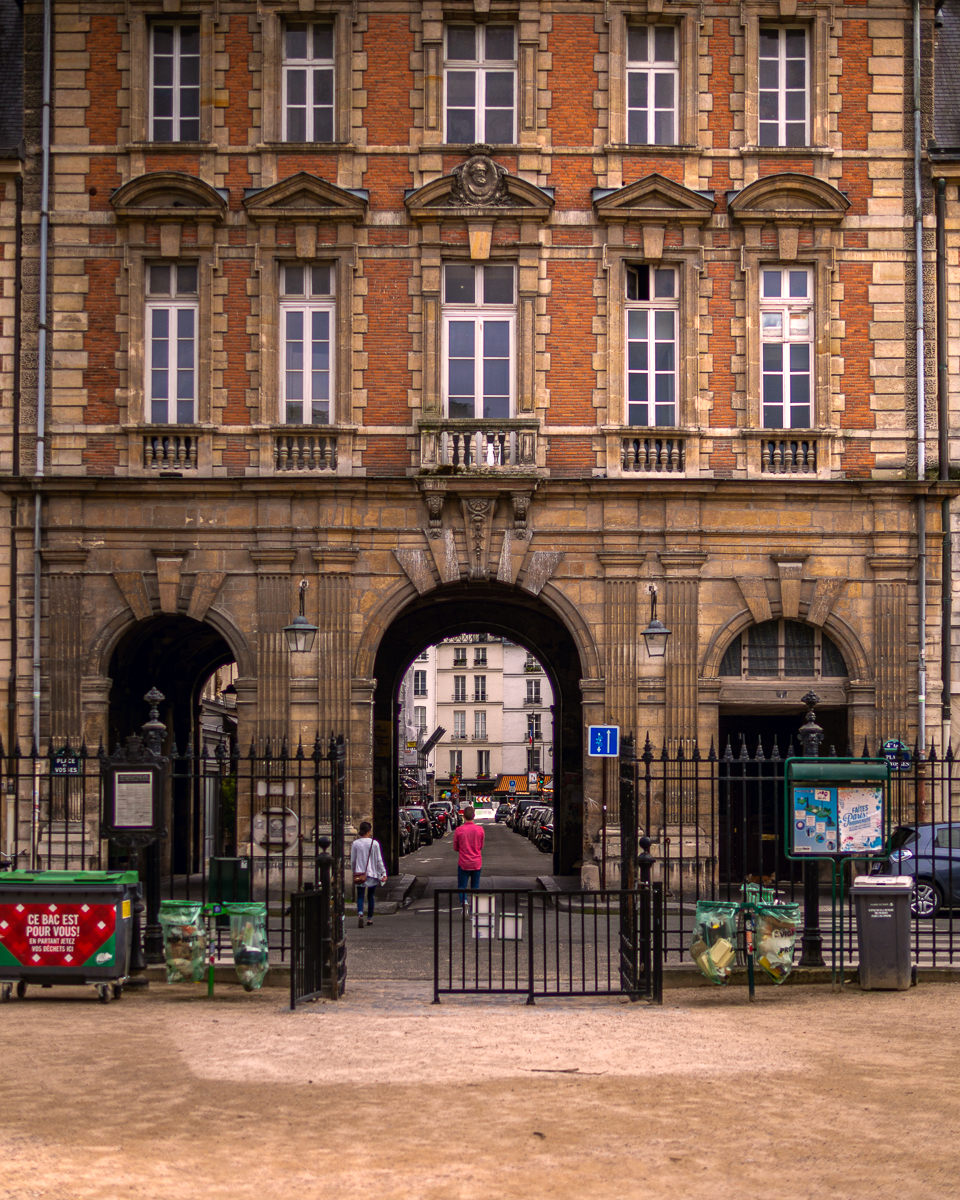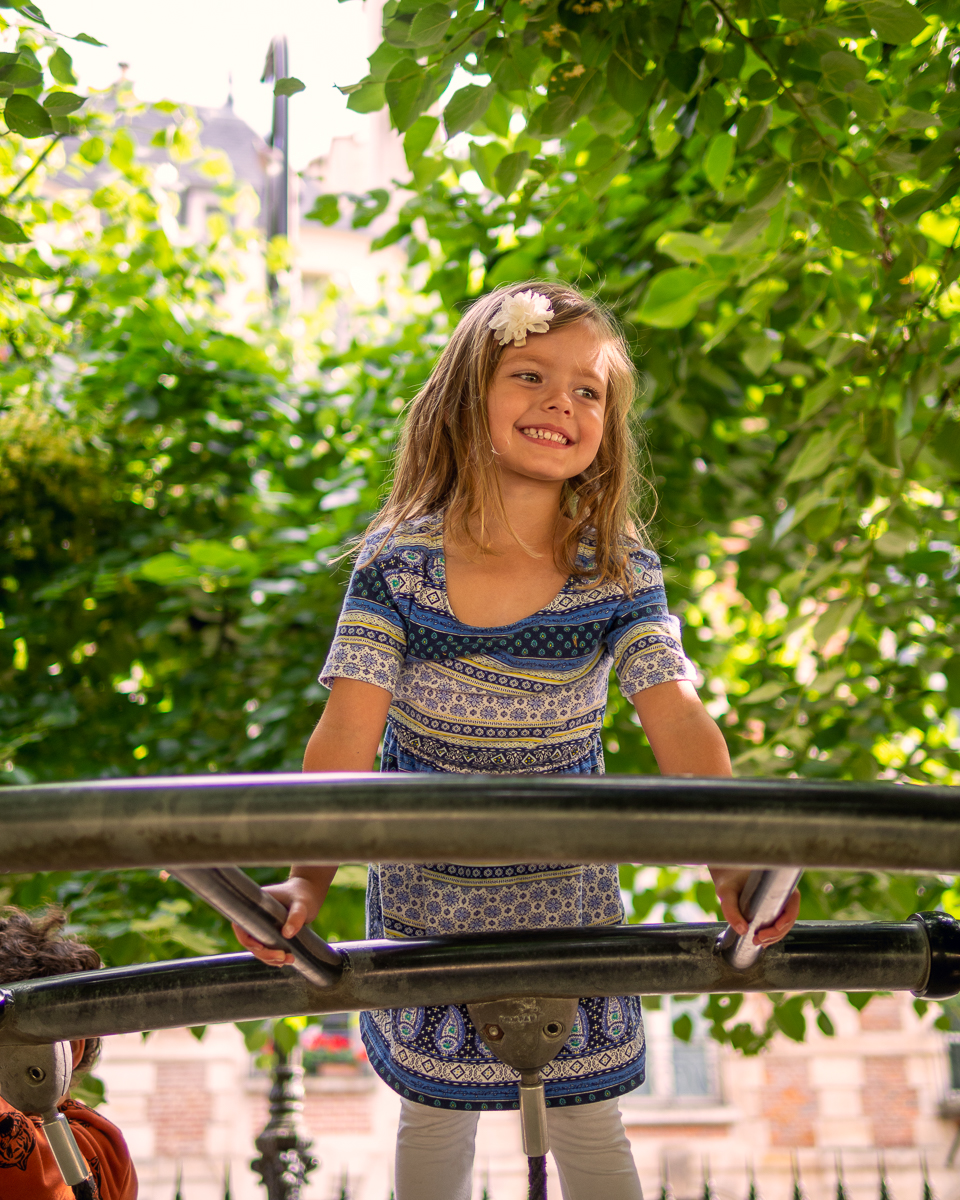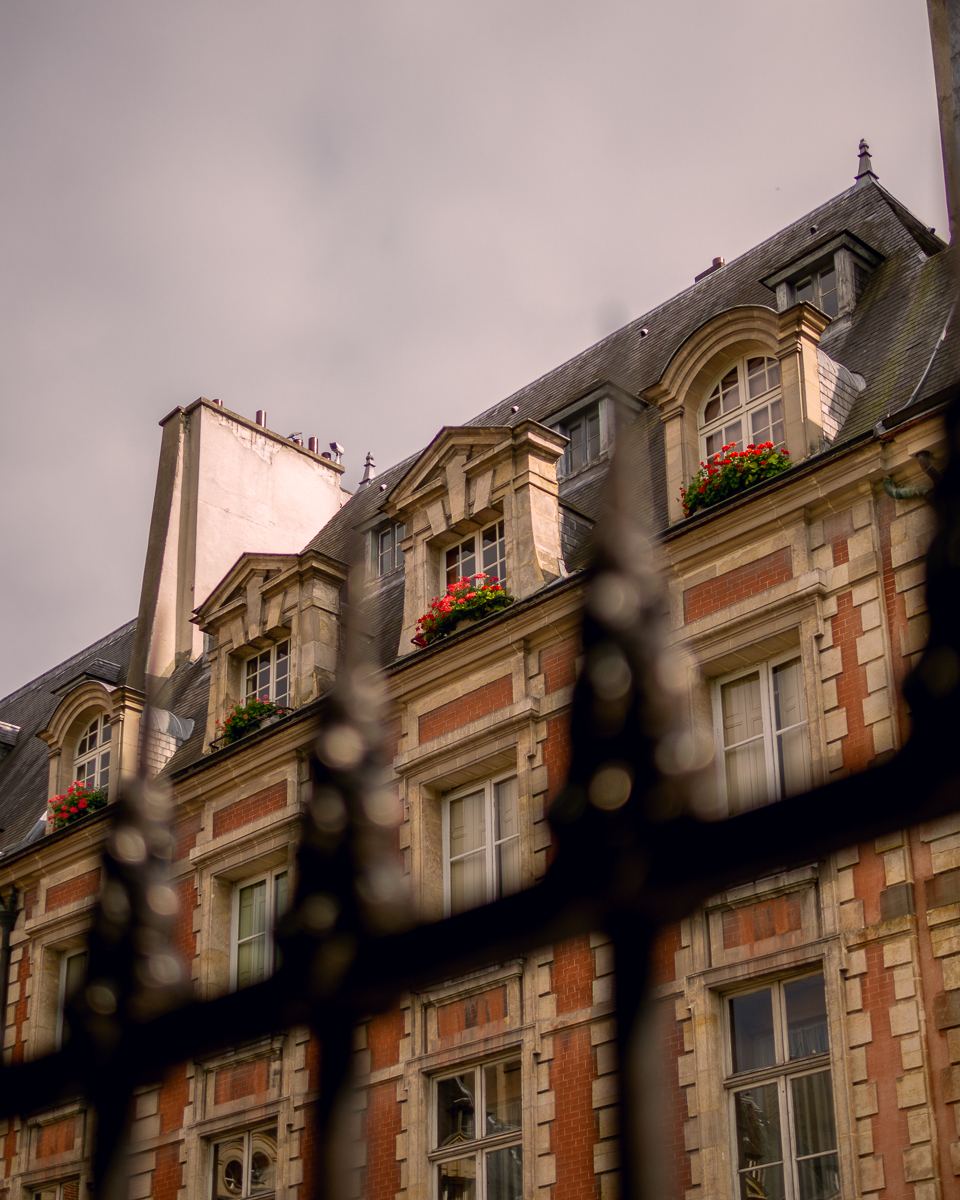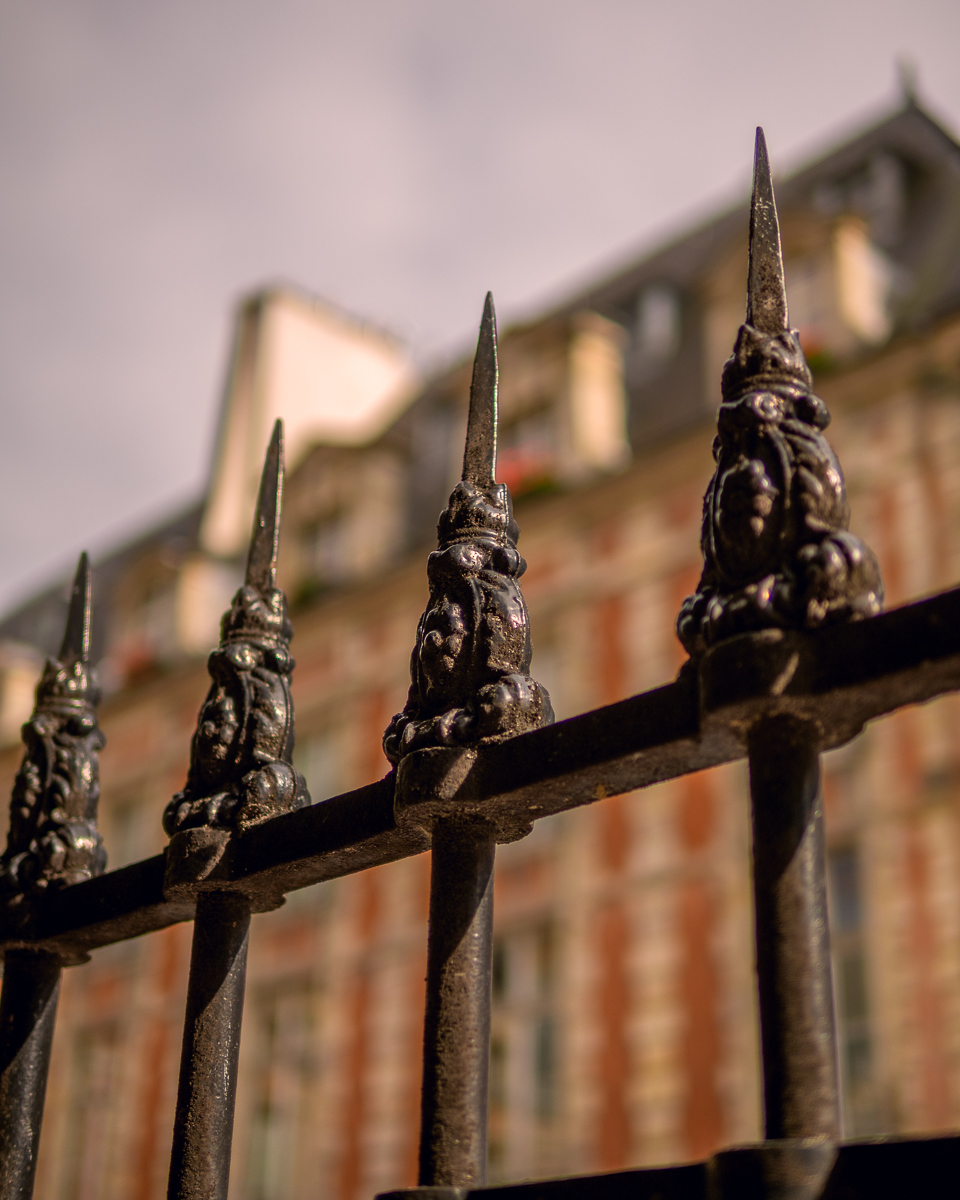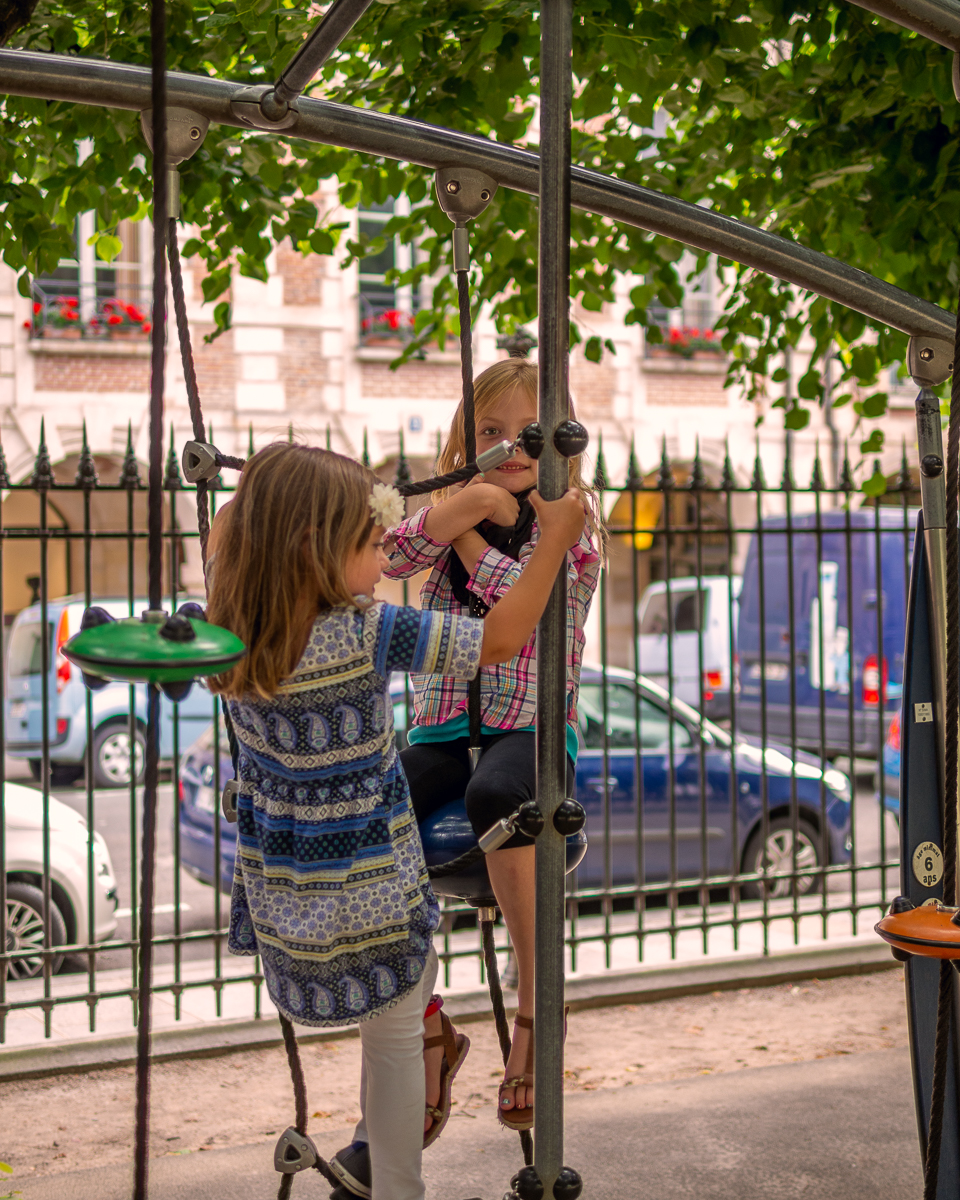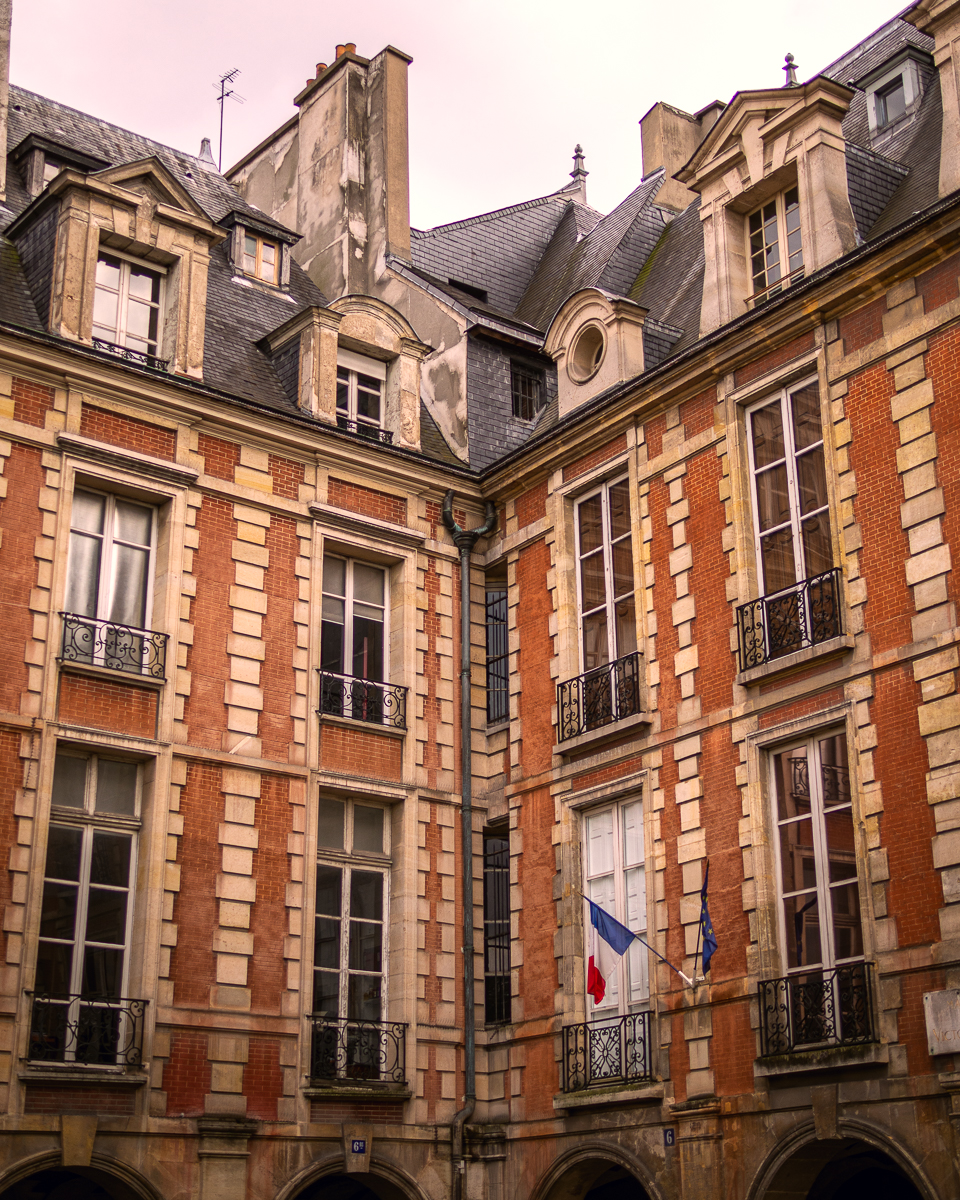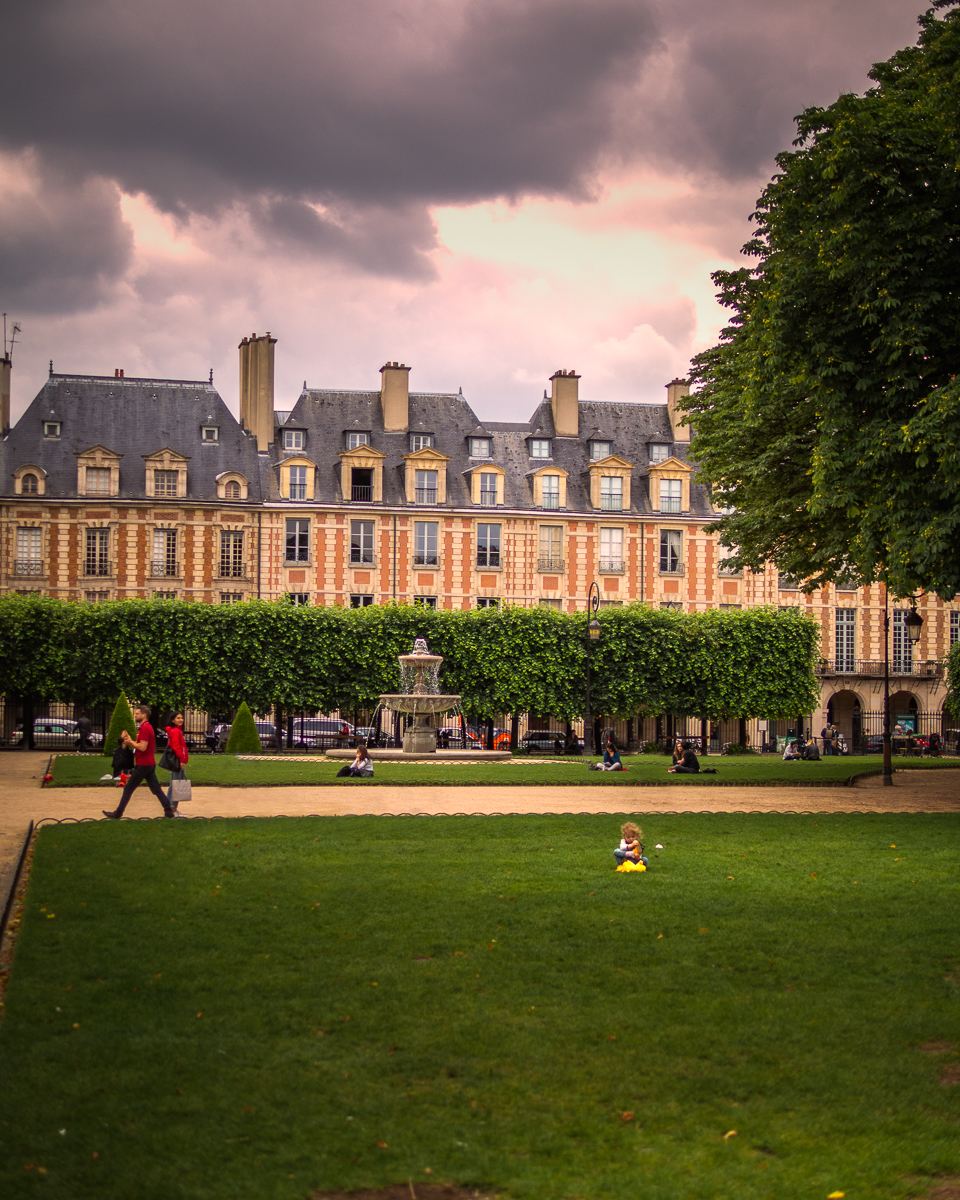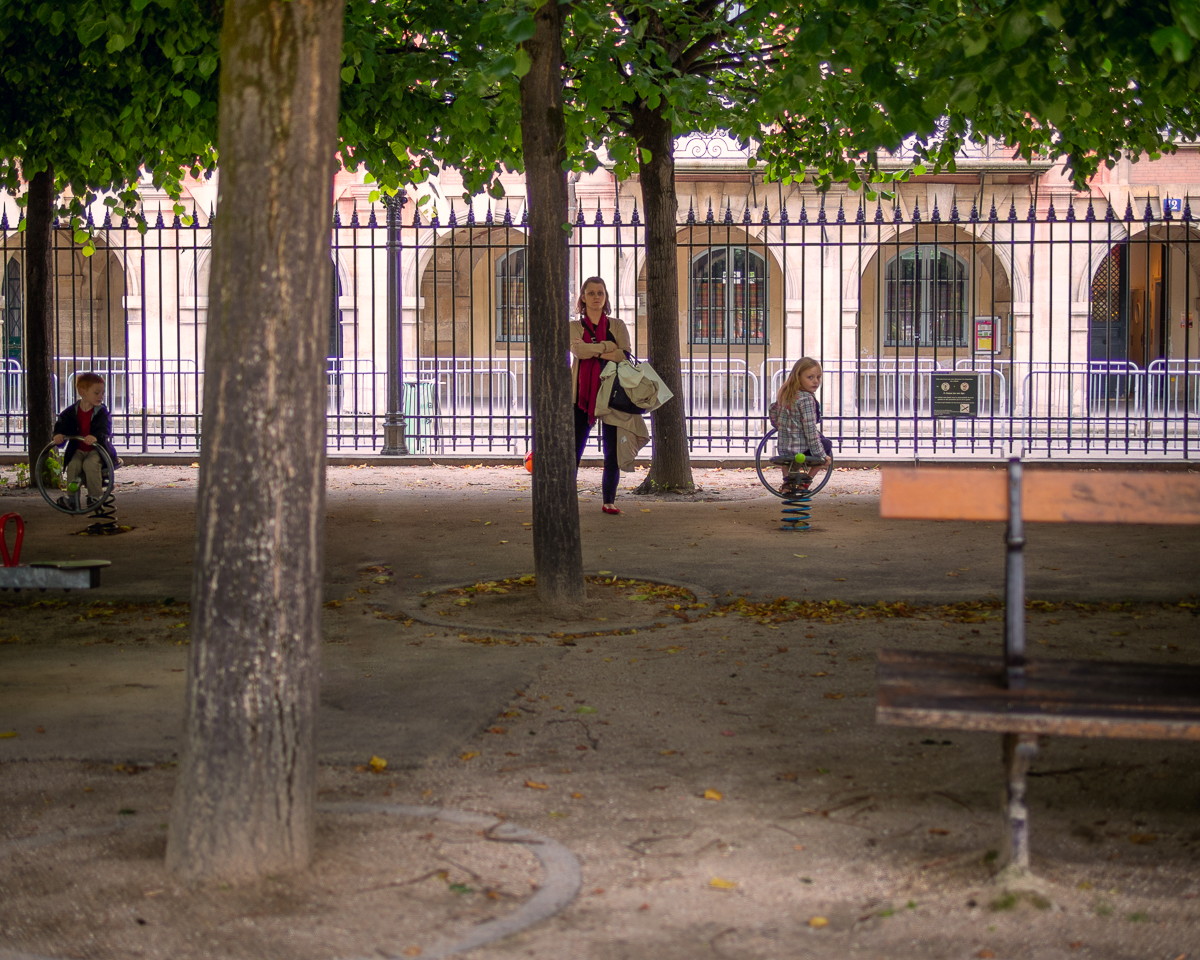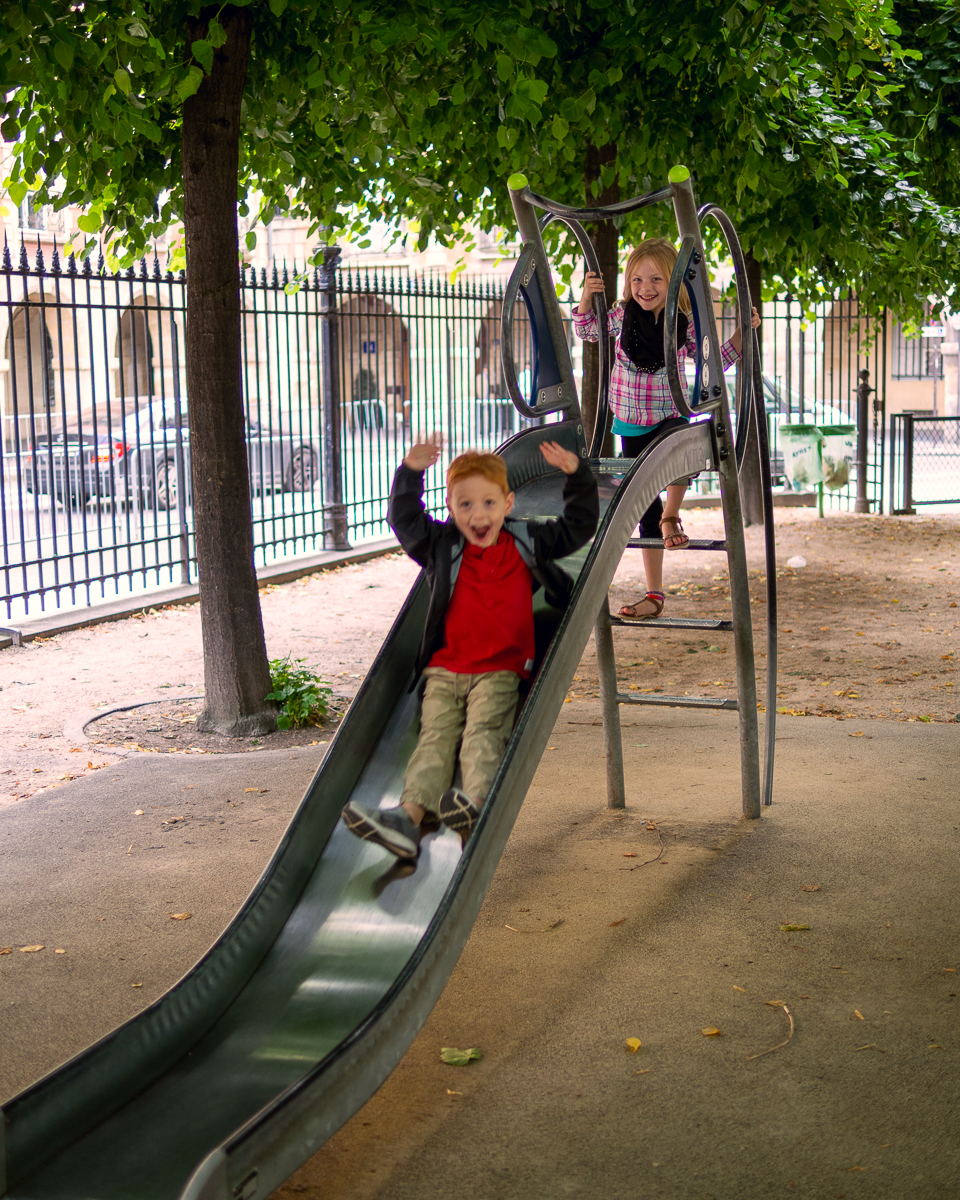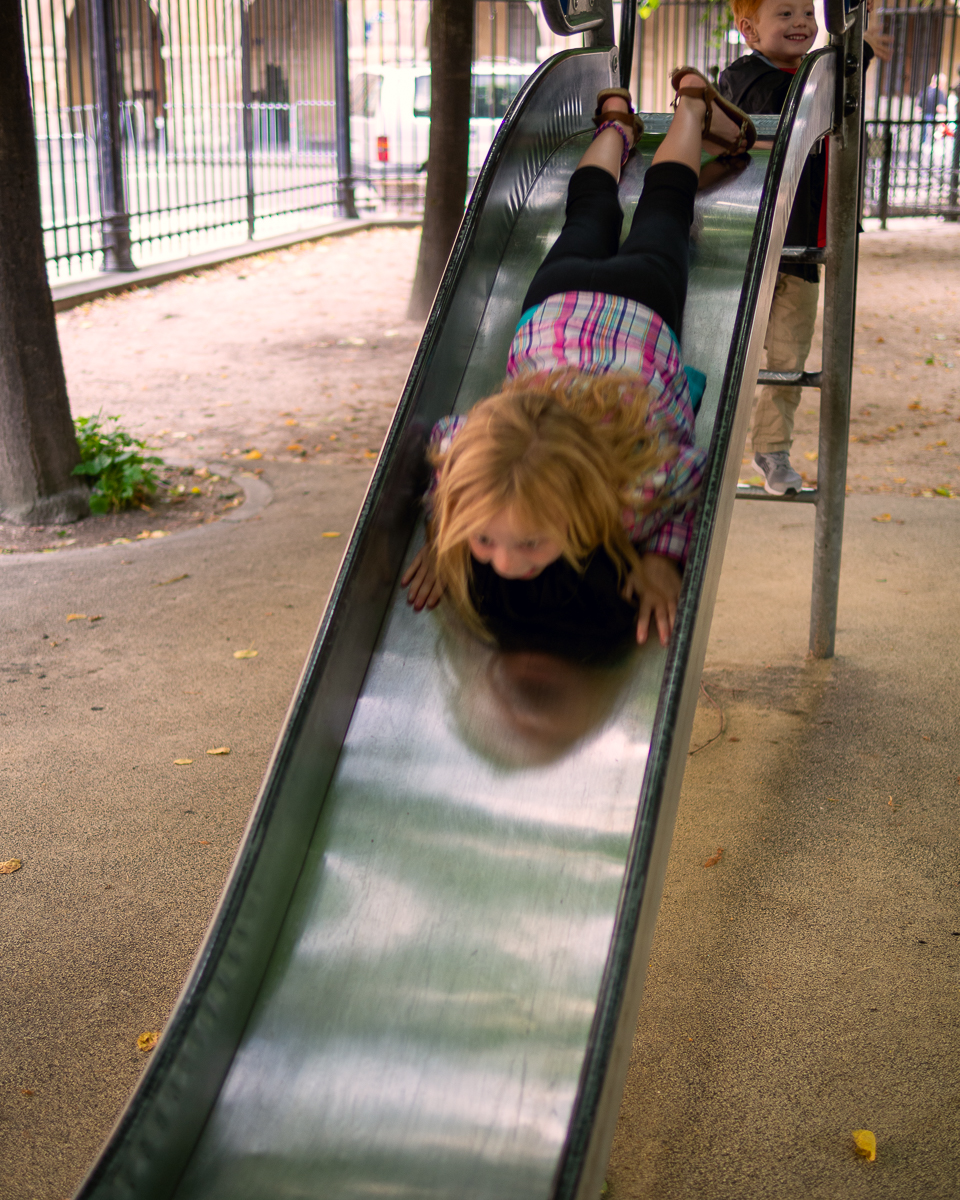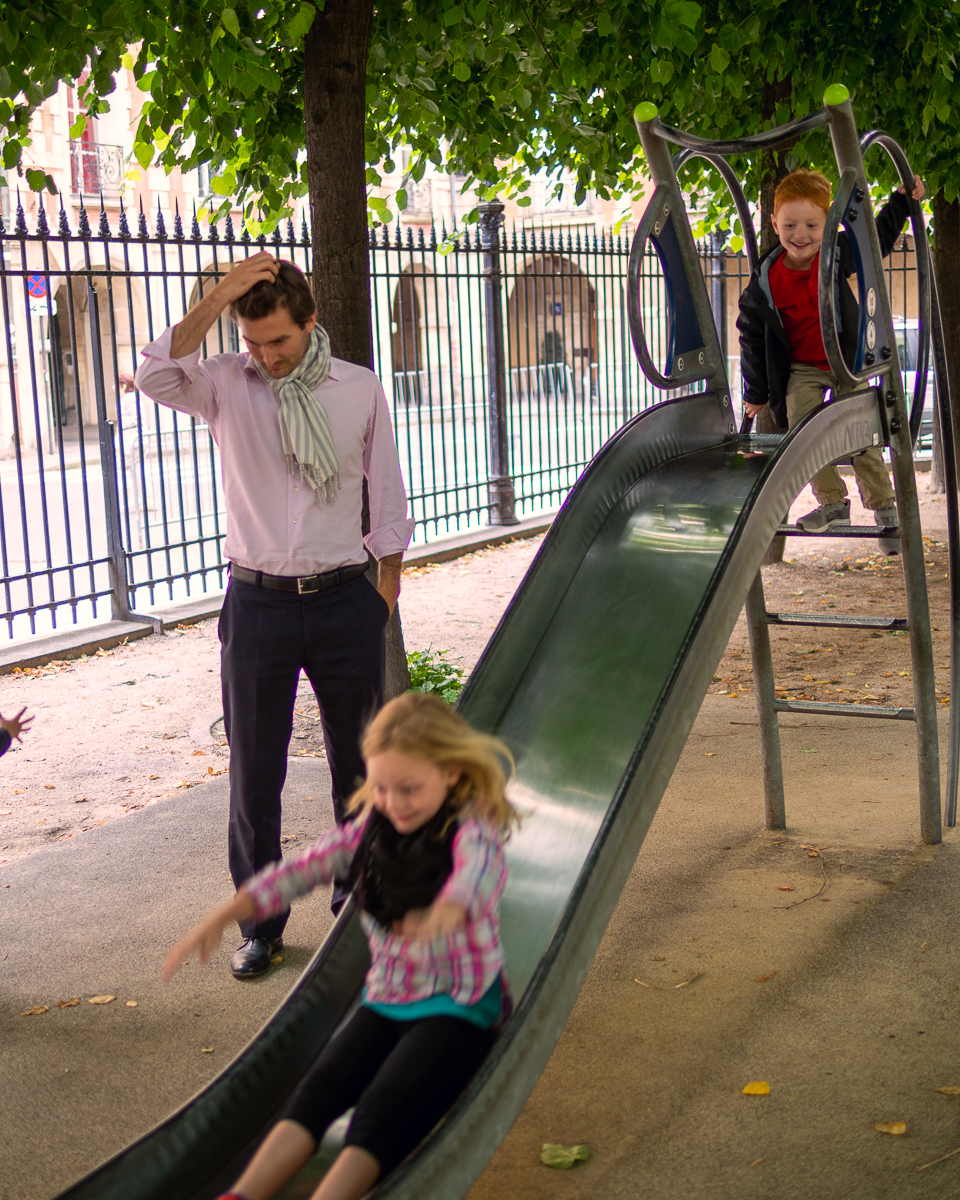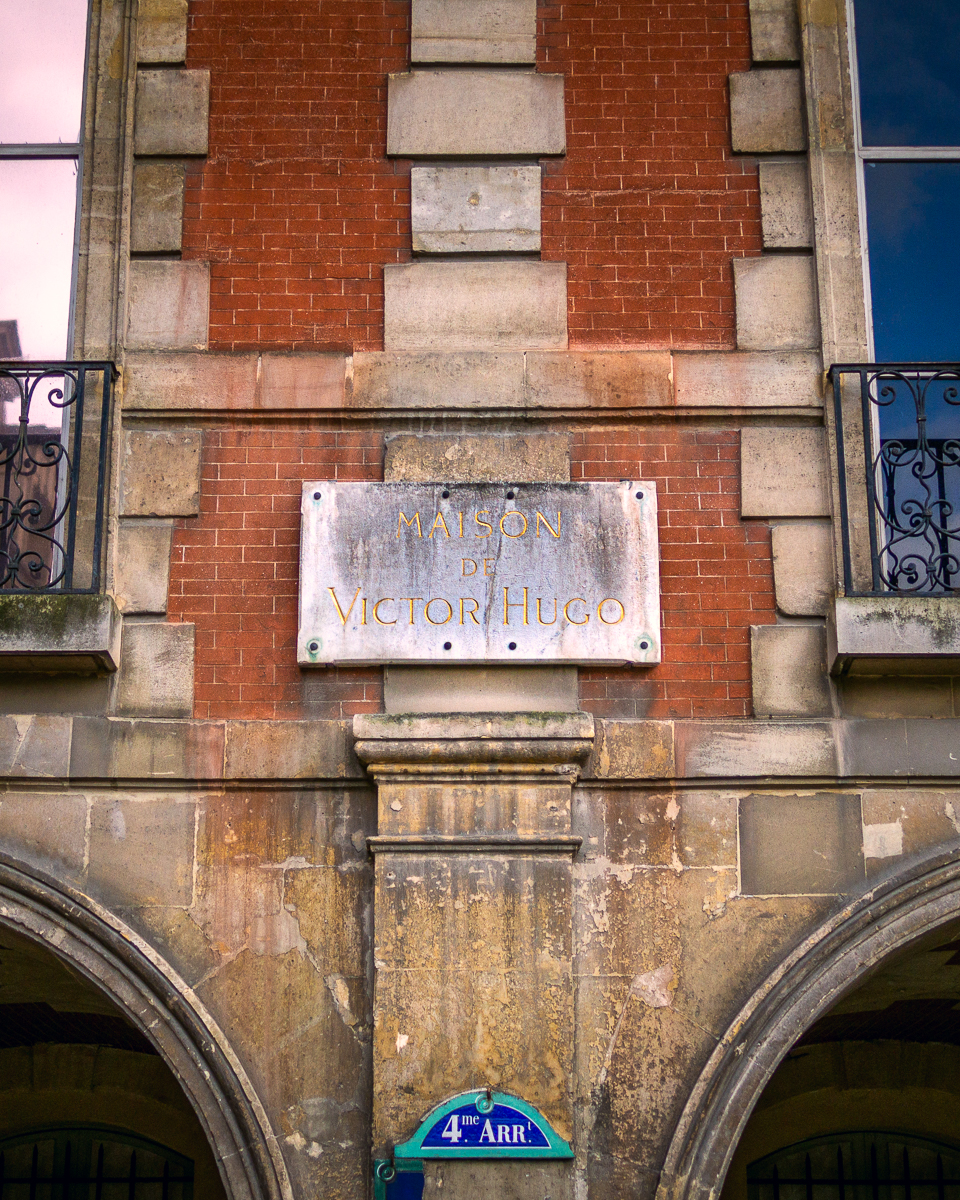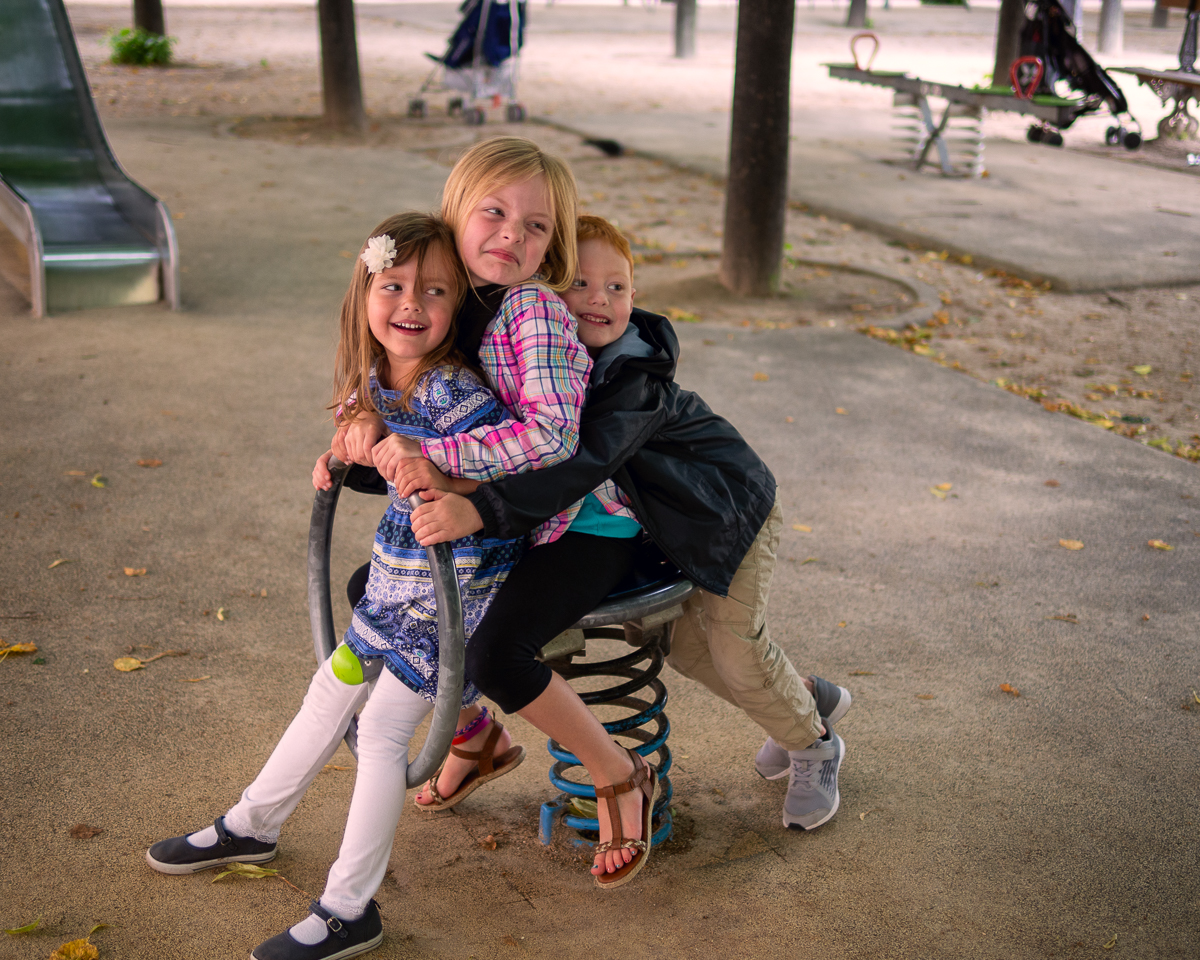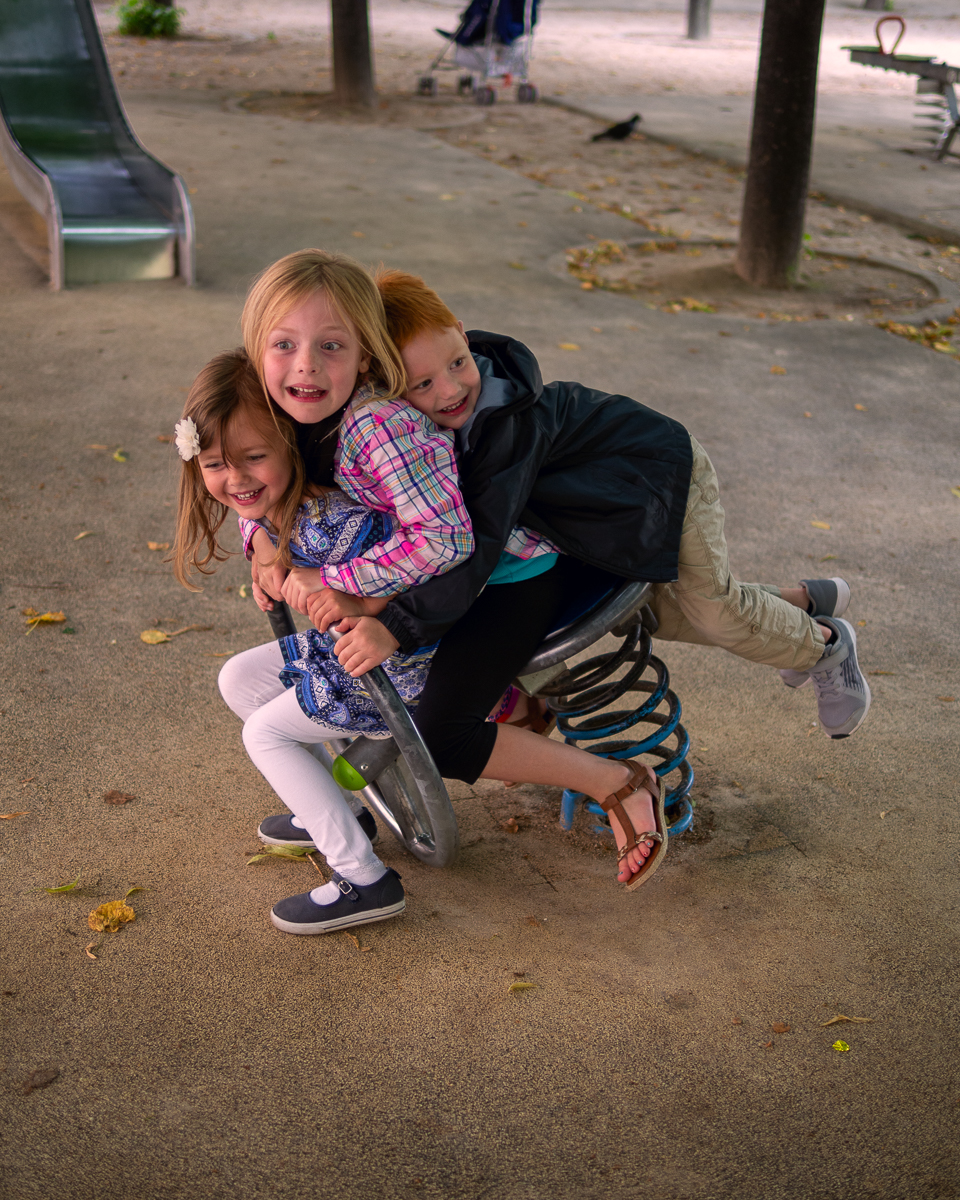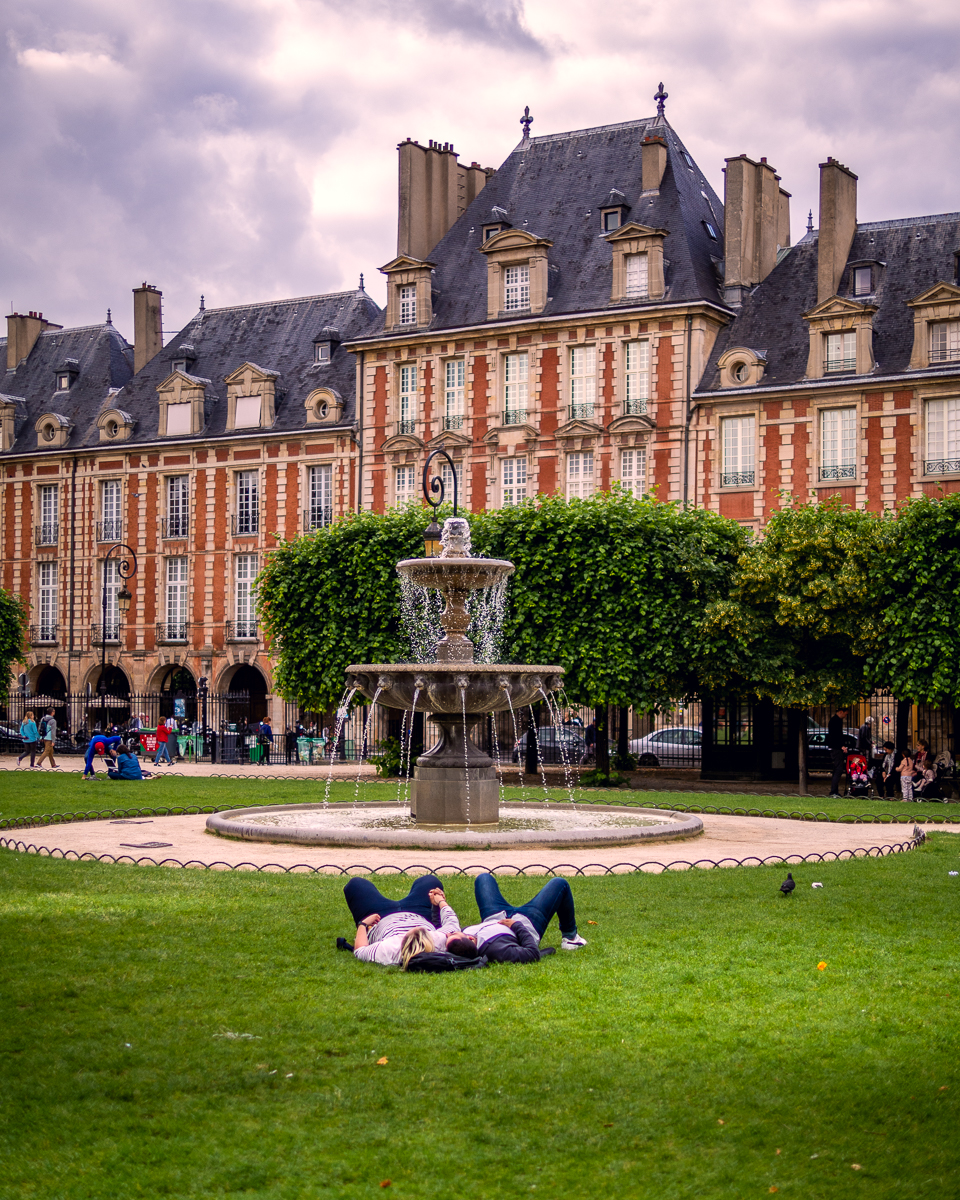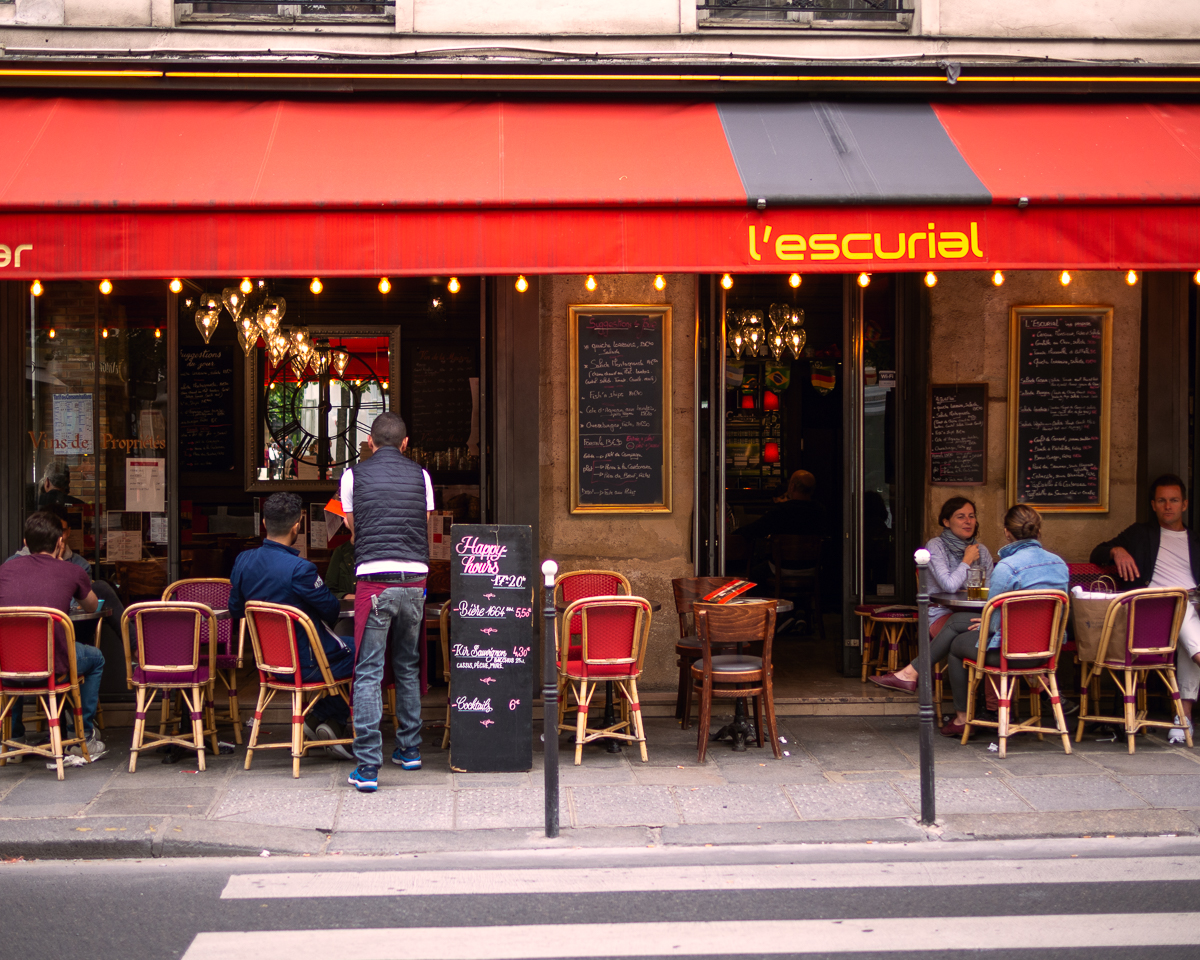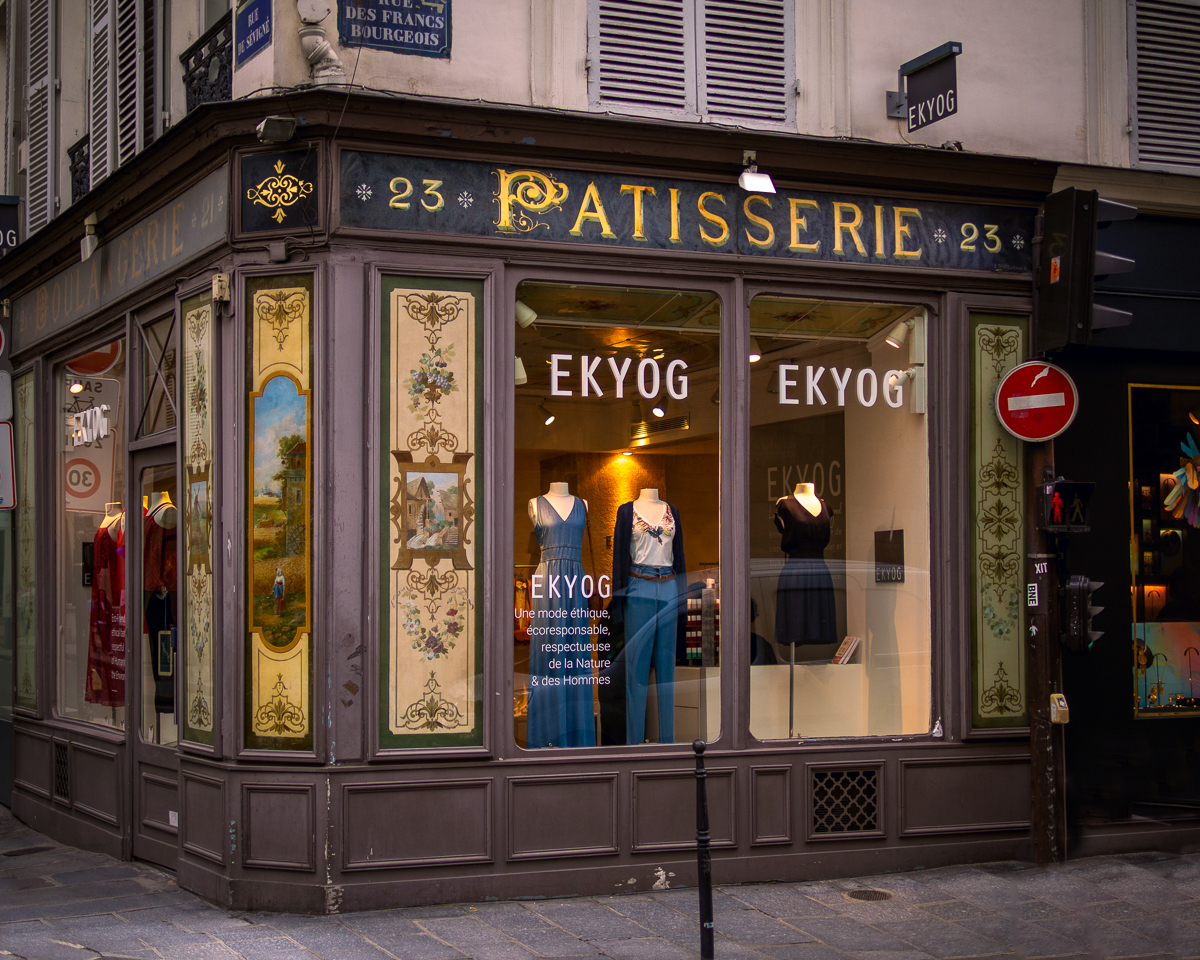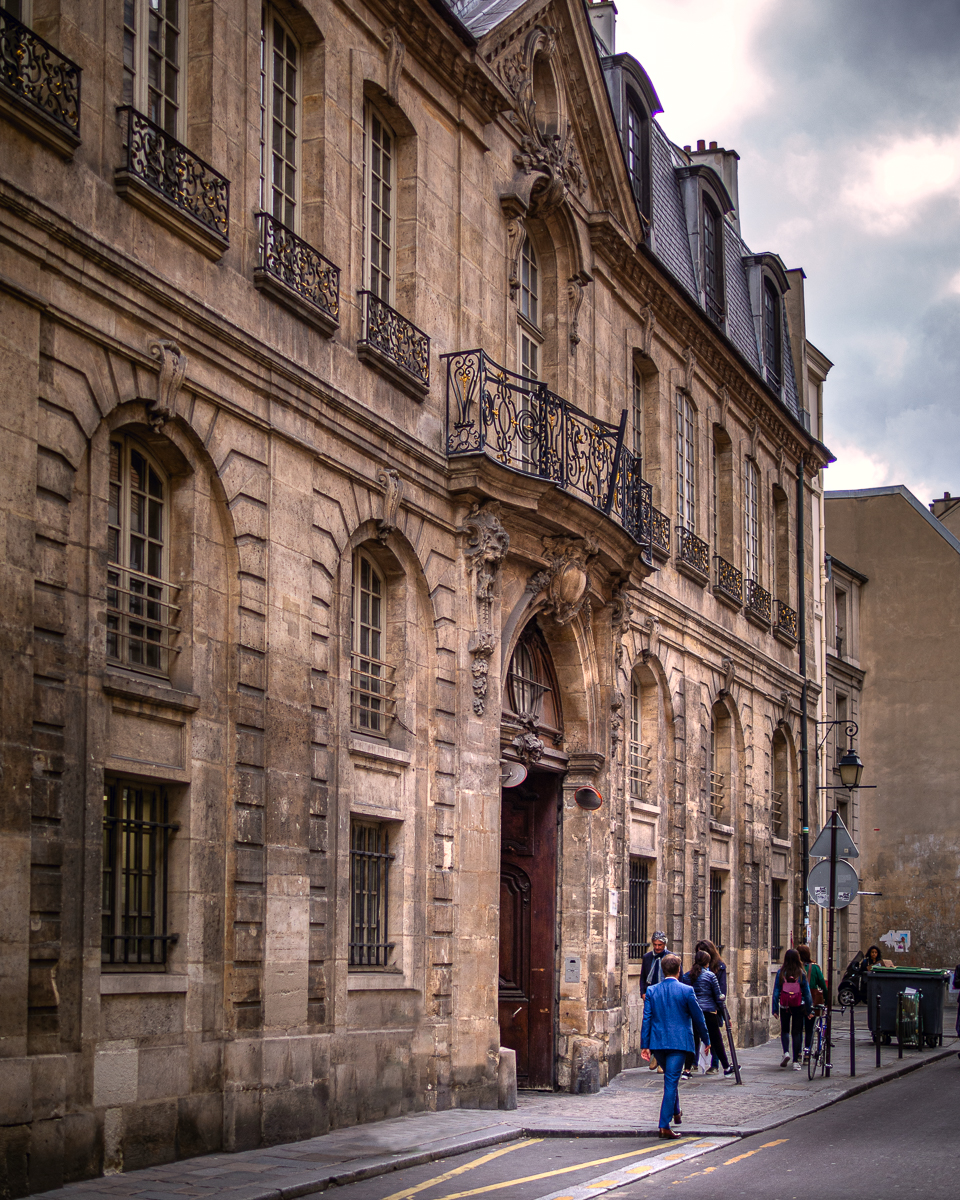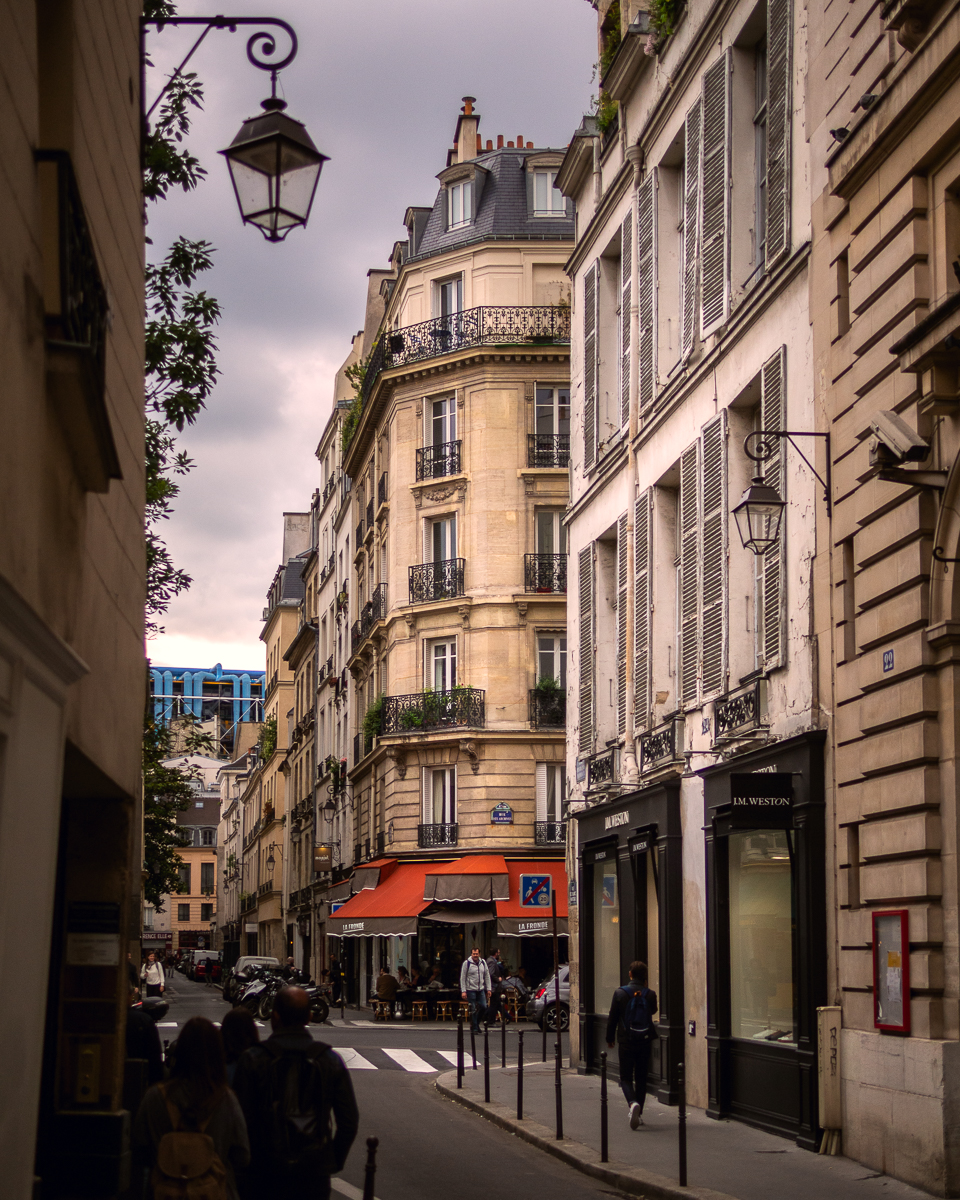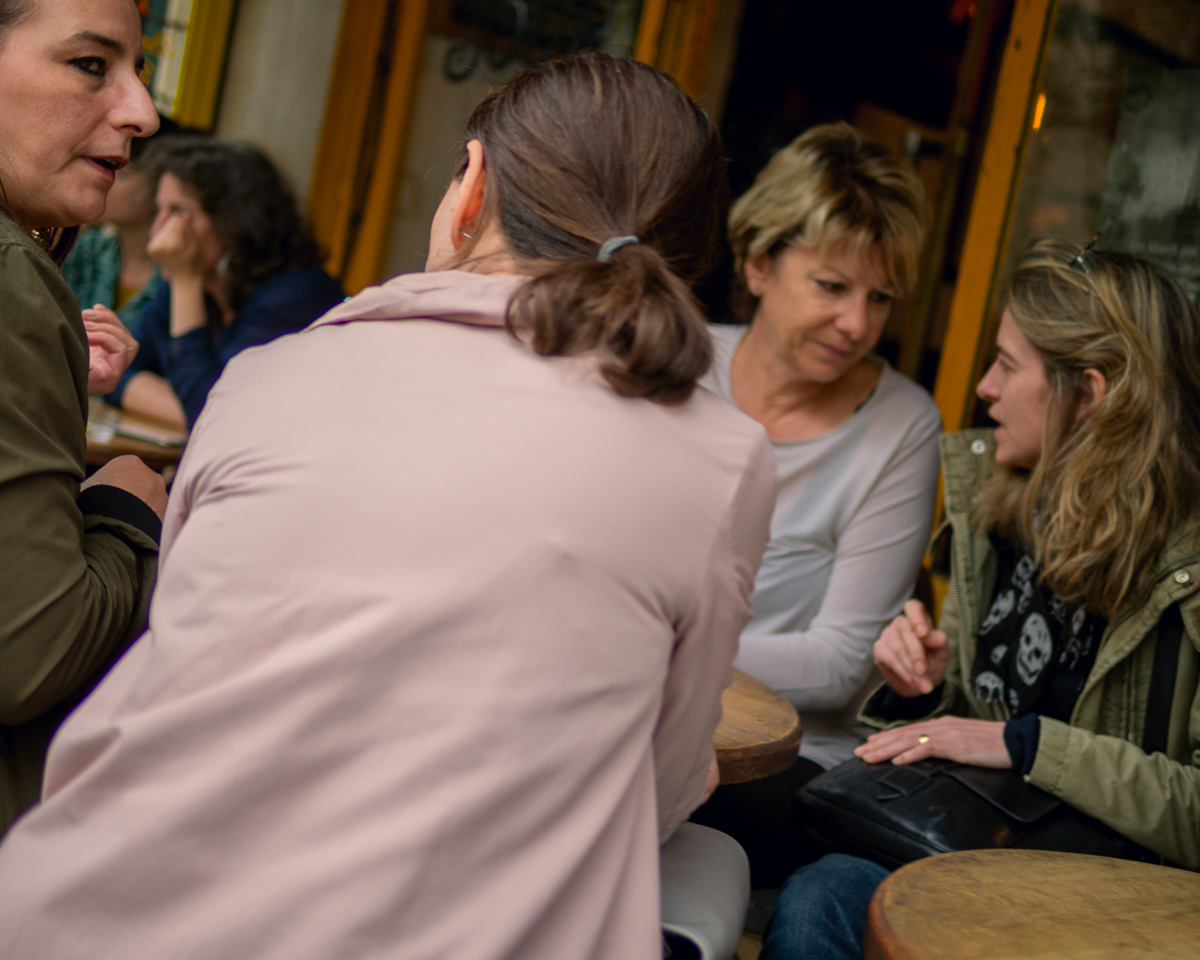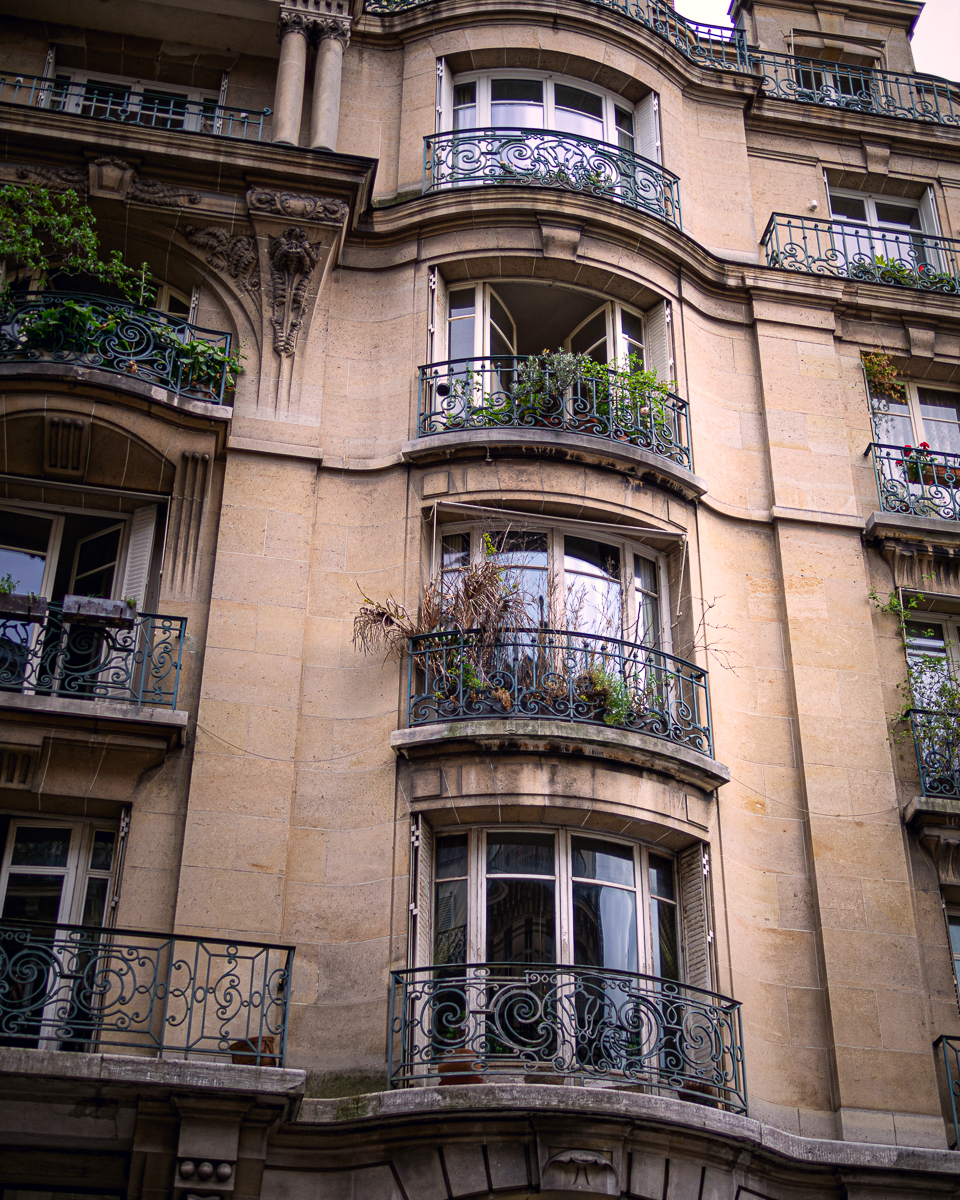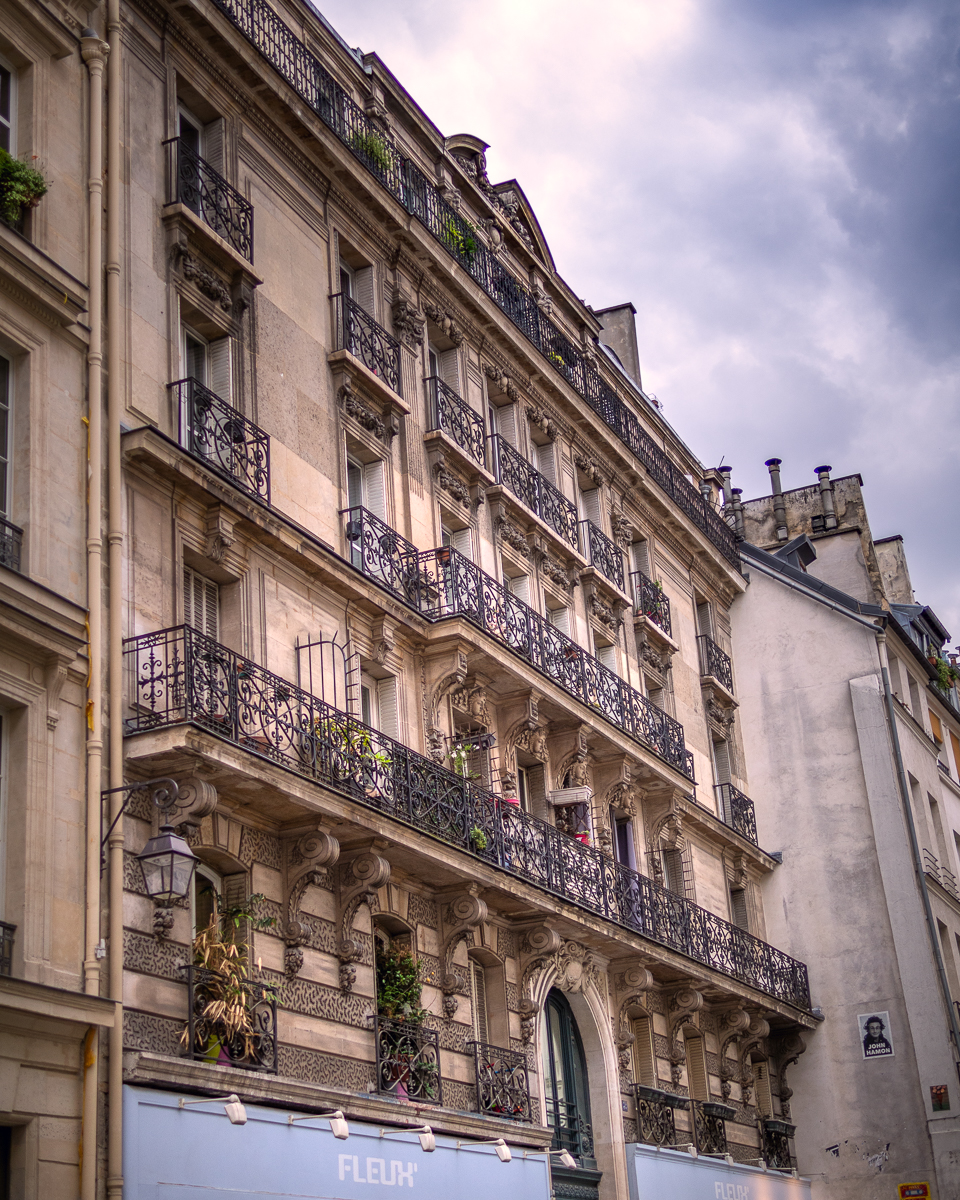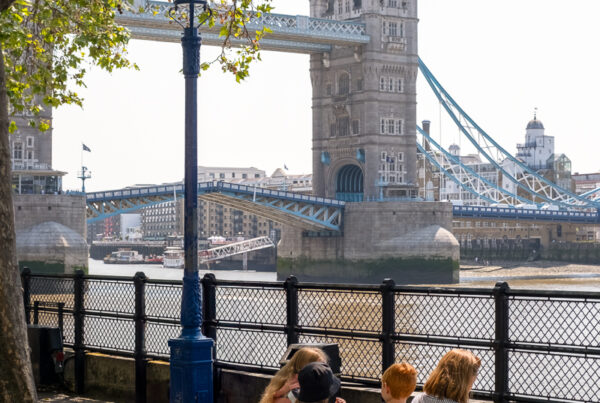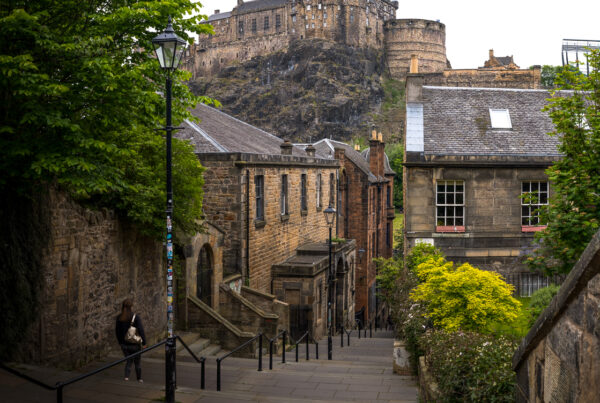 “Which way are we going?” I presented for open discussion.
“Which way are we going?” I presented for open discussion.
“I don’t know. Just walking.” Amanda casually tossed back in my direction as she led in silent determination.
We were resolved to get out on the streets but had not the slightest plan. While both of us actually love this style of “accidental travel,” it did make me rather anxious as our trip was nearing finality. Our final afternoon was rapidly marching on. Without another word spoken we poured down the stairs and emptied onto Rue Saint-Denis, past the beaker bar and the street sandwich shops.
Our Les Halles neighborhood has long been famous for its rich jazz history. It houses the remains of clubs from Paris’ celebrated jazz age, when WWI African American doughboys introduced their musical traditions to the world. The intersection of Saint-Denis and Lombards form a ground zero for nightlife of a slightly seedier persuasion. It was very apparent the clientele were of a younger, international flavor. The faces filling the streets looked like a cross section of the greater French colonies and therefore a cross section of the world.
The present situation was easy for me. With verbal suggestions, “let’s turn right here,” I gently steered Amanda’s wandering to the East, toward the Marais. It’s neighborhood Paris at its best and soon the environment began to noticeably transition. The jazz clubs became night clubs and then Irish pubs and eventually trendy cafes and restaurants. The streets narrowed and increasingly turned pedestrian only. Miniature boutique shops filled in the cracks where any ground floor space was available. Most notably, the classic white homes with their airy ironwork and clean lines were replaced with brown stone buildings with curving arched accents. Another block farther and the flourishes were gone, replaced with darker and heavier architecture with the occasional square corner turret and medieval detailing.
The farther we traveled on foot the farther we traveled back in time. Overall, the changes in environment felt very subtle, yet the jazz clubs seemed centuries away. At times I felt like I was encased in a large stone maze as we zigzagged from street to street never truly having a handle on where we were. Les Marais is simultaneously lots of things. At times it’s medieval and dark. Other times it’s bright and enlightened. At times it’s aged and primitive. Other times it’s young and affluent. At times it’s a Jewish neighborhood and other times it’s Arab. It’s both artistic and commercial and gay and straight.
After fifteen minutes of wandering distress signals were dispatched from Lydia’s direction and they had a hint of panic in them. We quickly diagnosed low blood sugar as the culprit, and for the first time our afternoon had purpose. However, for a desperate kid she sure had a discriminating palate. We passed by bright fruit stands, fragrant falafel shops, boutique boulangeries, patisseries and even a tiny crepery in an old corner hardware store. Eventually, we ended up with a huge loaf of challah. We obtained it from an extremely popular and swelteringly hot Jewish bakery behind a bright yellow storefront on the Rue des Rosier.
We watched the people mix and blend at the heart of the Marais’s medieval core as we all shared in tearing chunks of bread from the braided loaf. But behind the mask of youthful faces and trendy businesses is an ancient city. I studied it with great care and the details bubbled to the top. It became apparent that things have been done the same here for many centuries.
Tattered texts in the window of a Jewish bookstore sent my brain racing to libraries looted from mansions all over Paris during the revolution. They were resold in small, green popup stalls, or bouquinistes, that carry on the tradition even today. The one-and-a-half foot thick, irregular, round arched windows above an adjacent Jewish business gave away the architecture’s true age. On the corner an entire building was shrouded in mature ivy. Only it’s doors and windows remained partially exposed. It was home to a quaint village cafe. The deep maroon, wooden facade might look commonplace anywhere in France. However, if framed just so, like in a camera, it could be mistaken for a centuries old painting. The wooden chairs pushed up to marble-topped and iron-legged tables with the patina of time would have looked familiar to the clubs of Lautrec or the salons of Manet.


